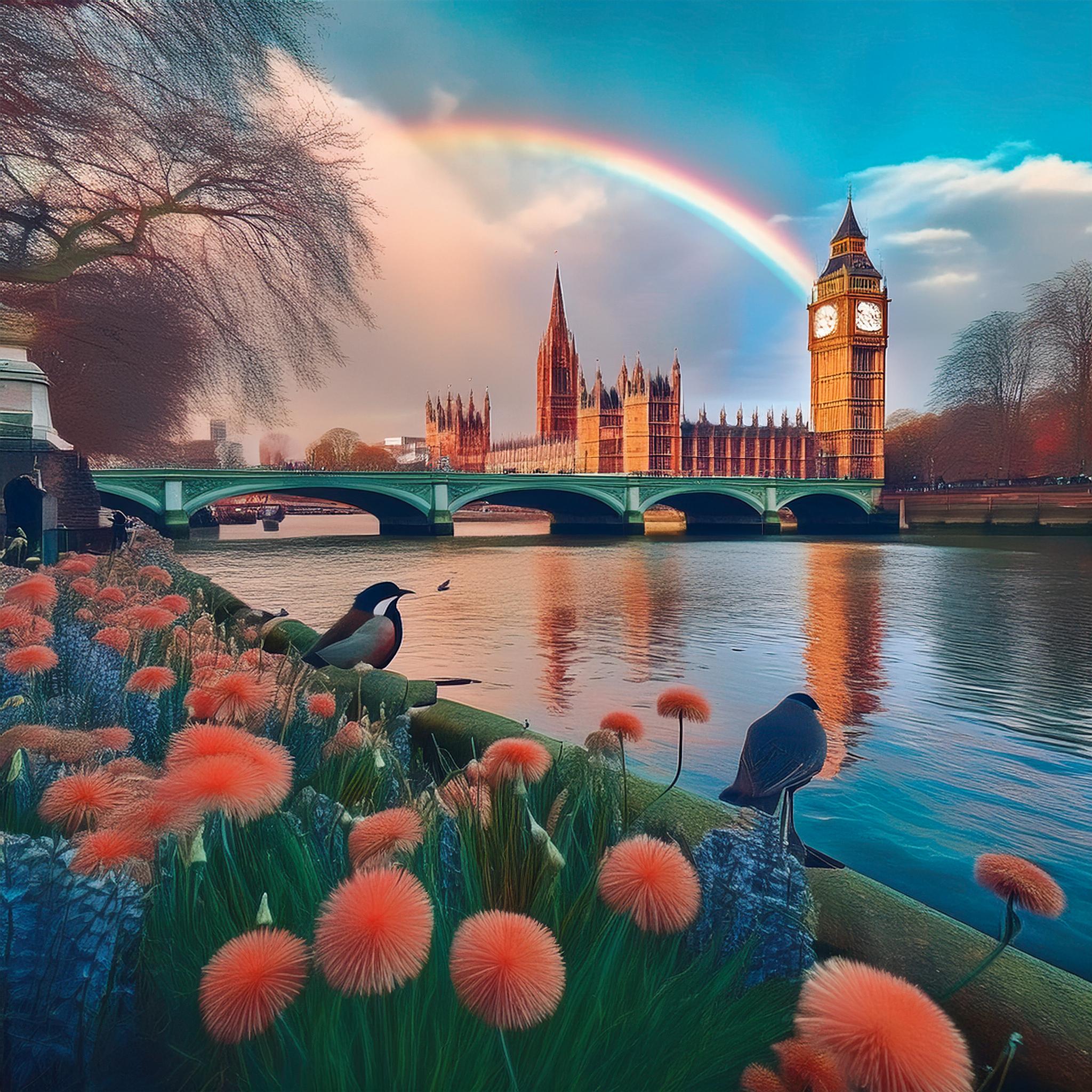
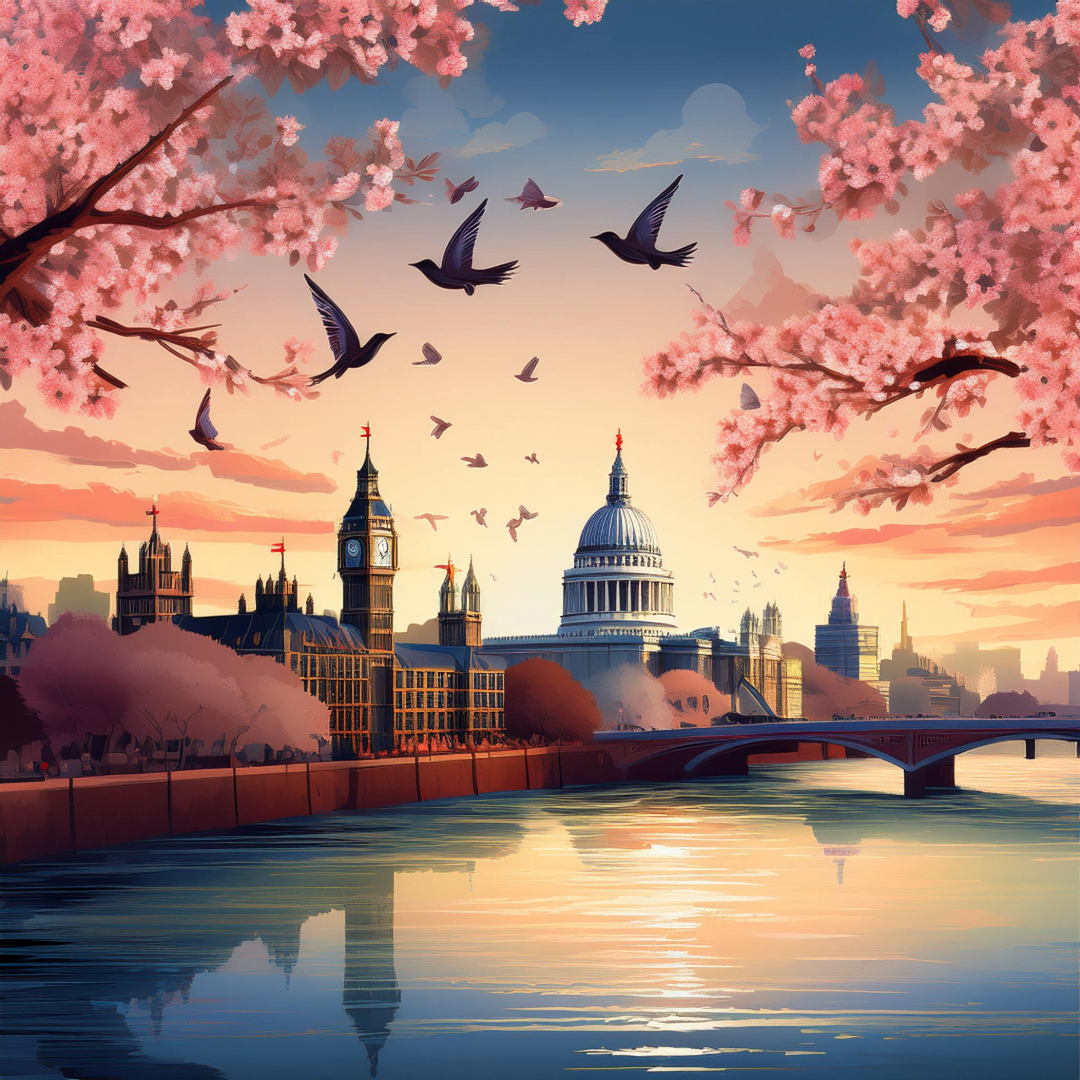
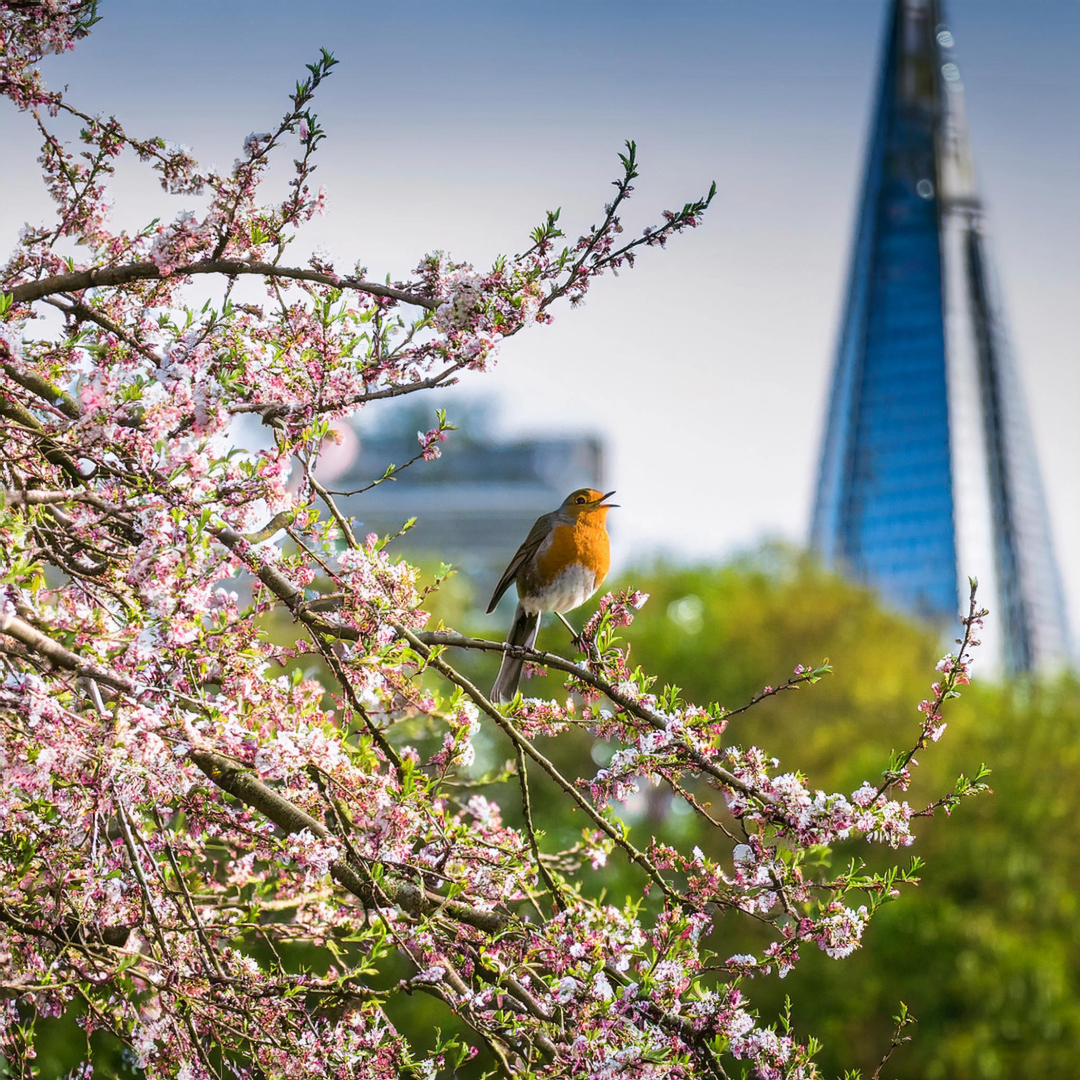
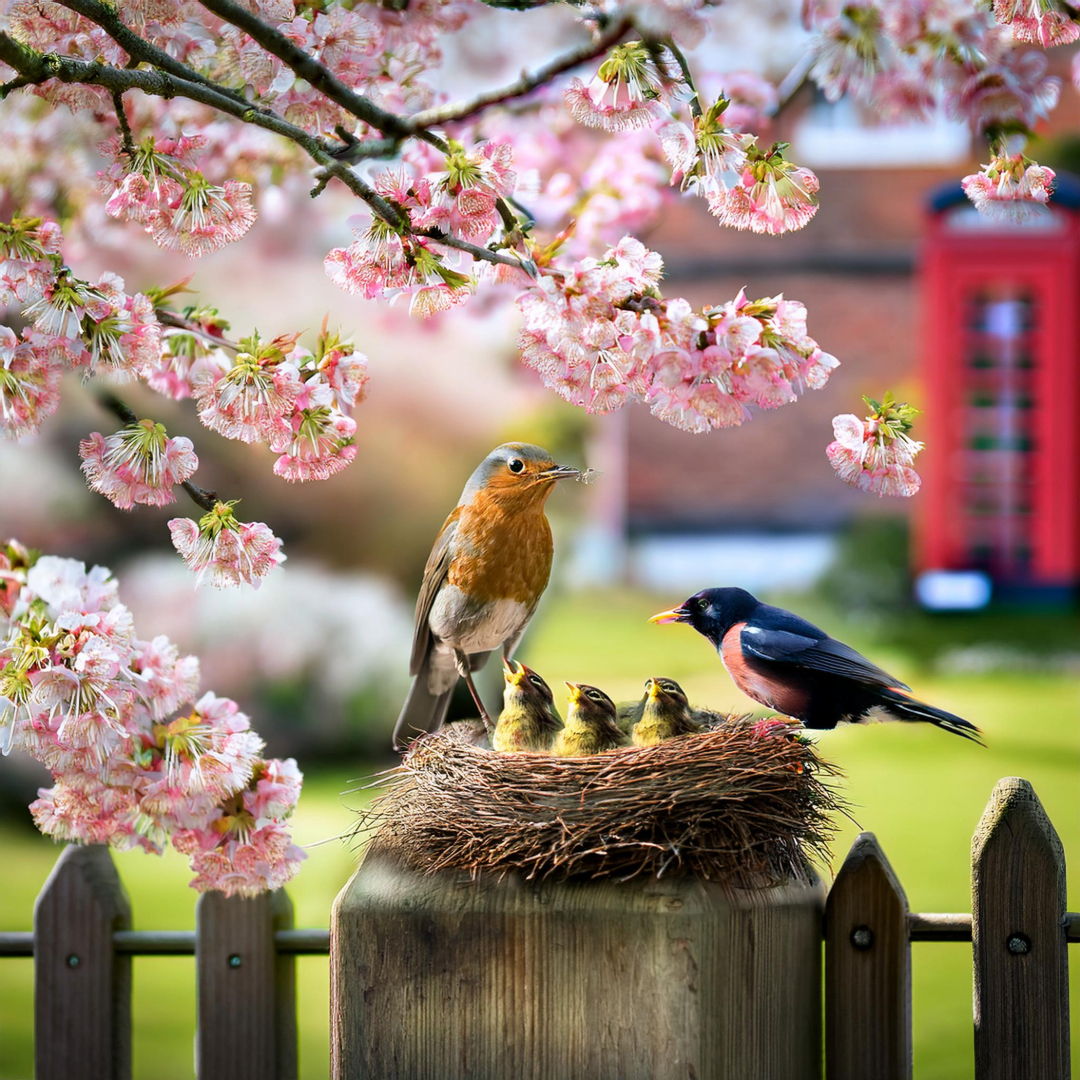
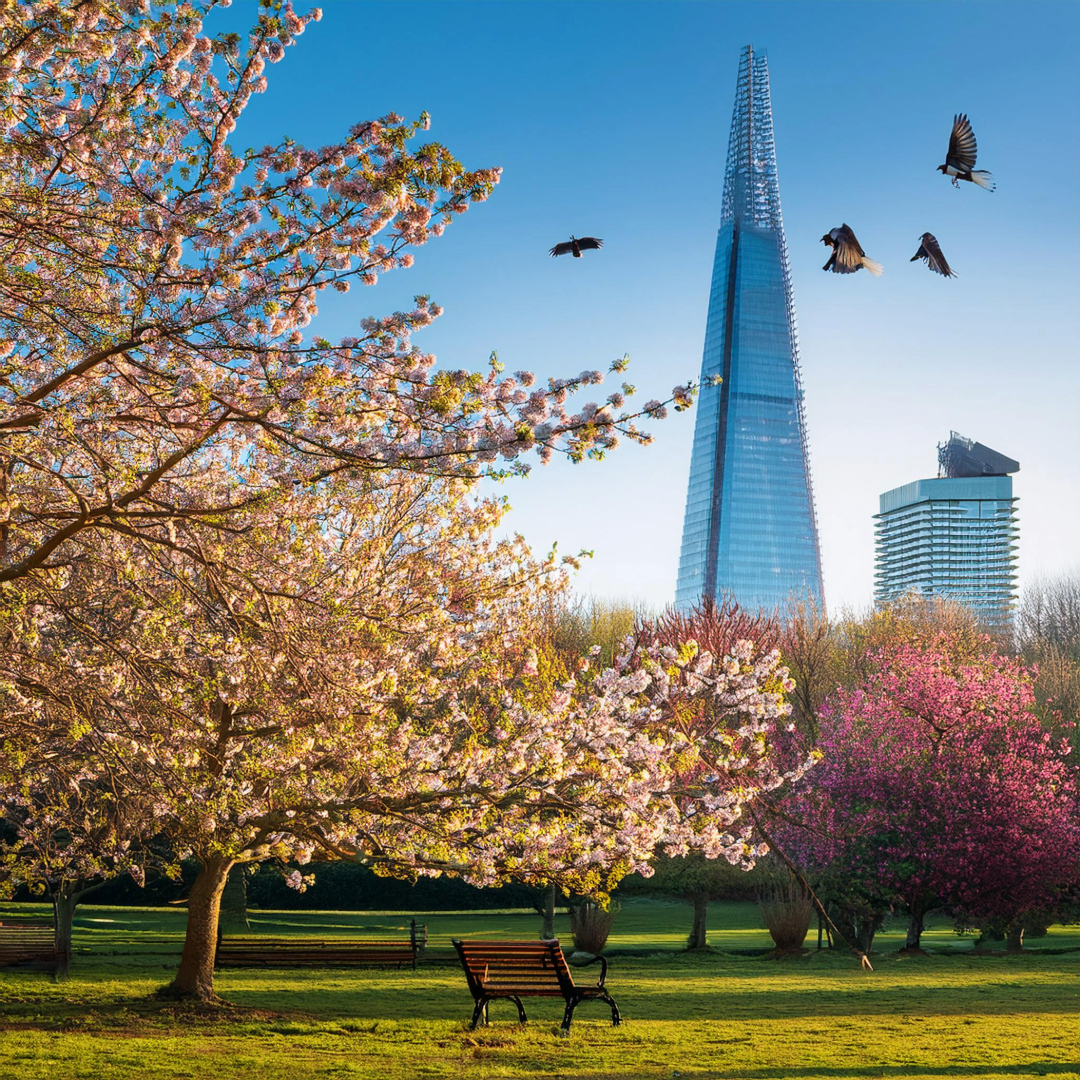
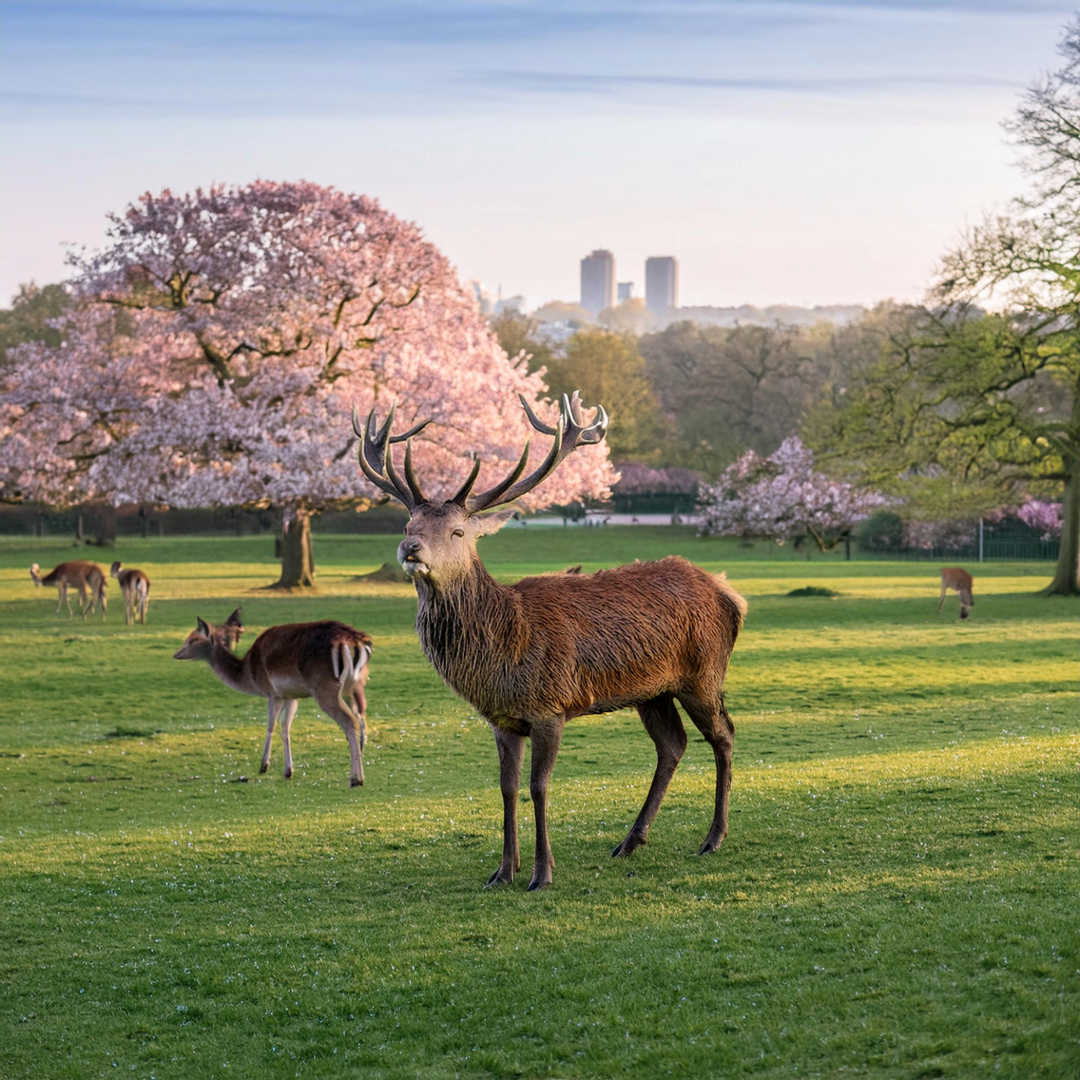
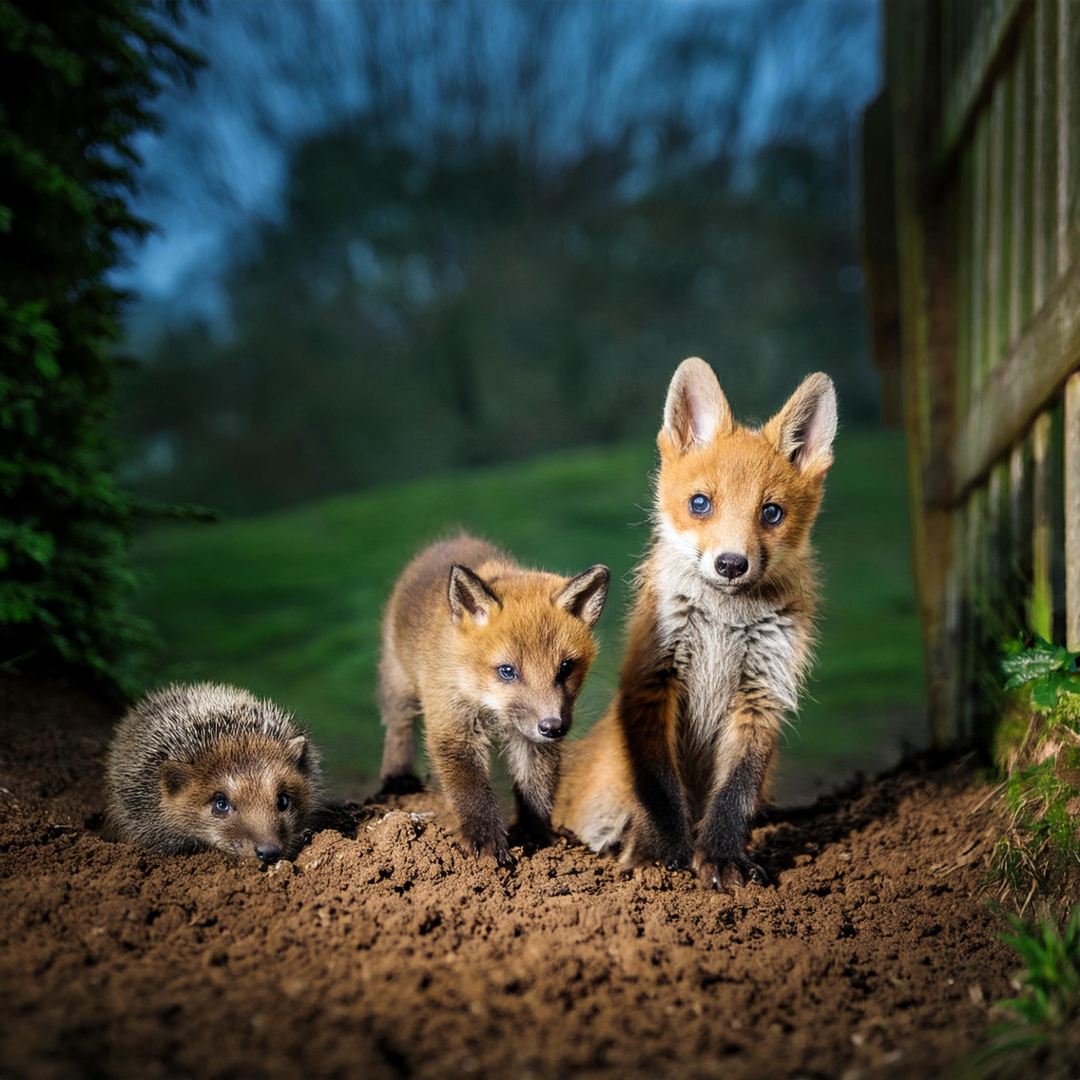
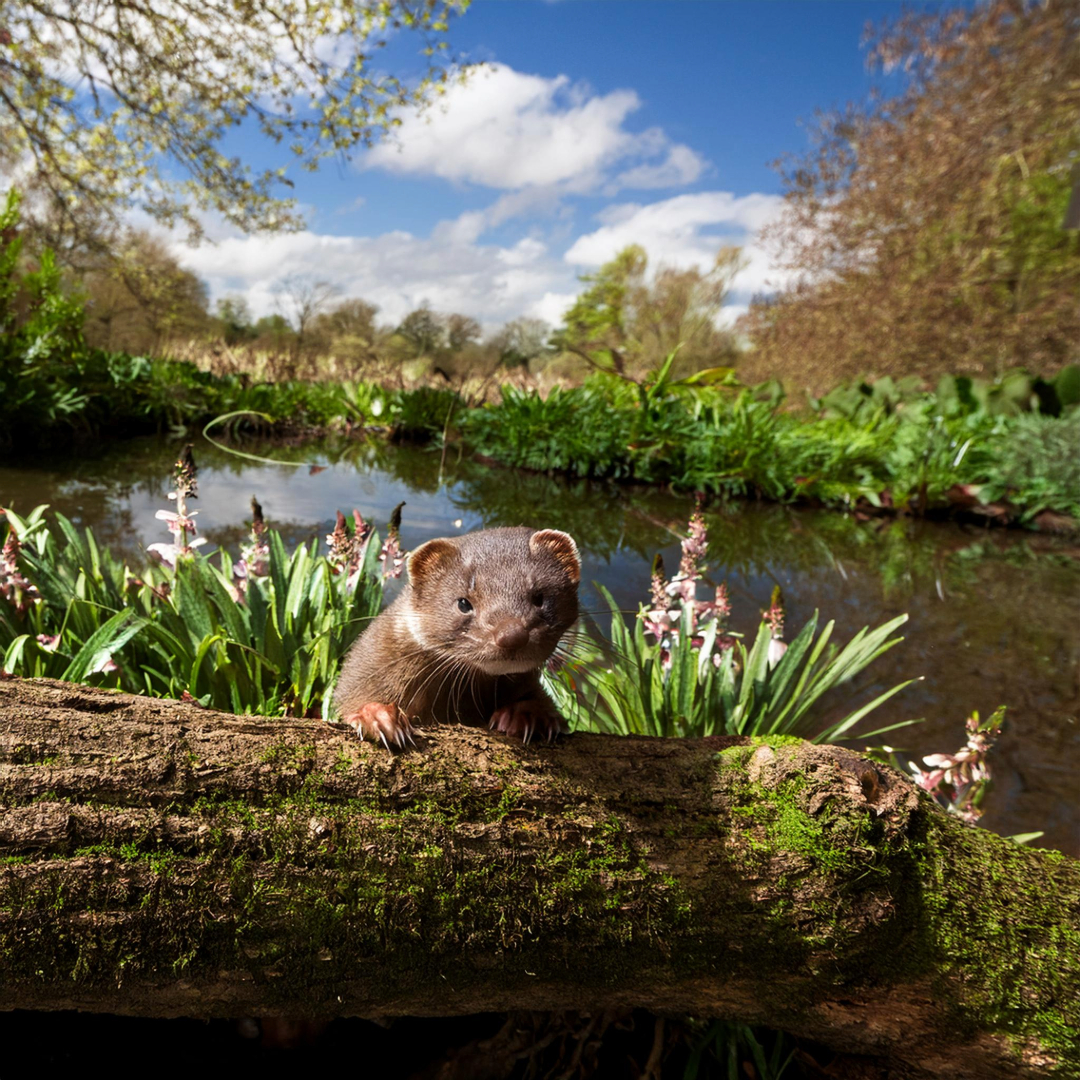
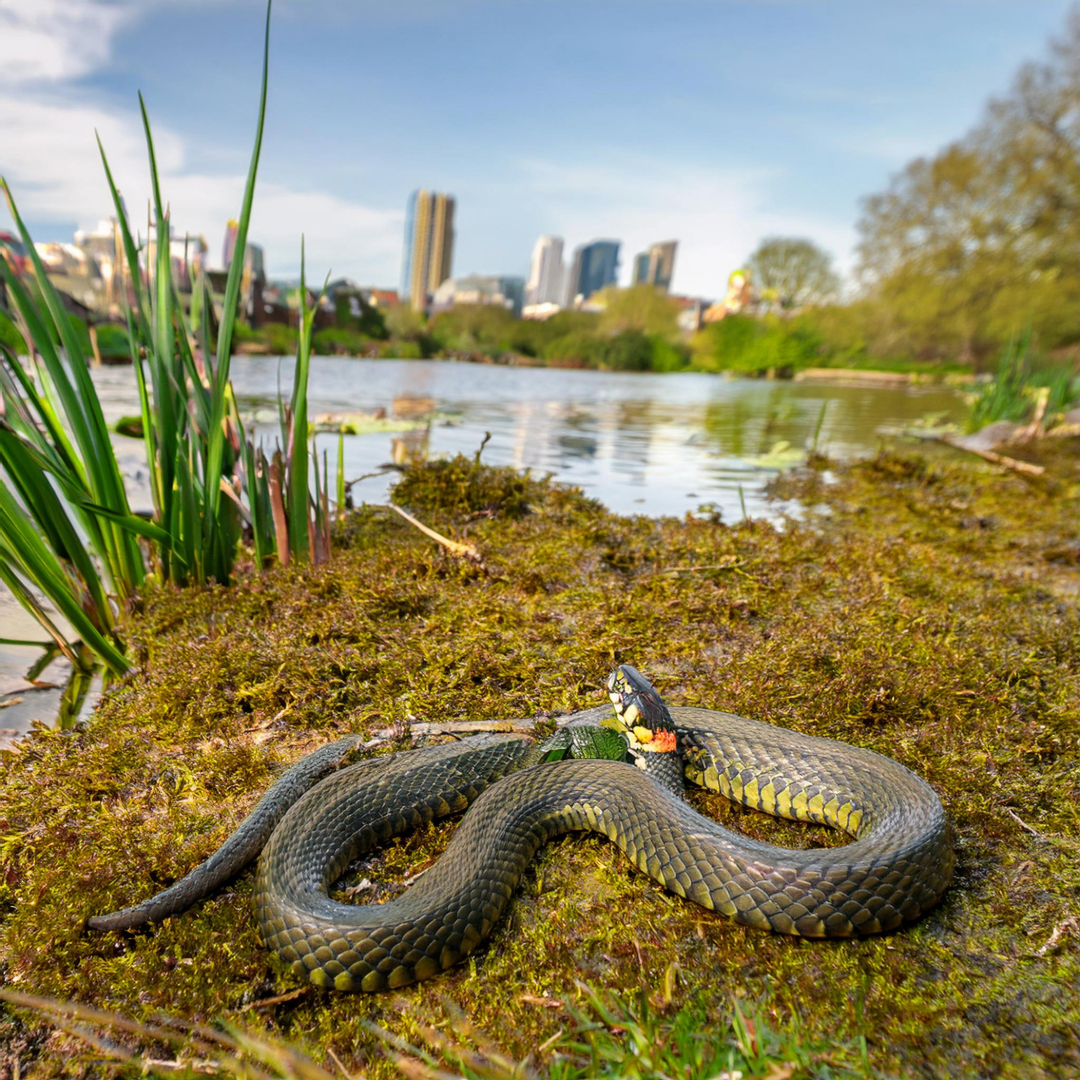
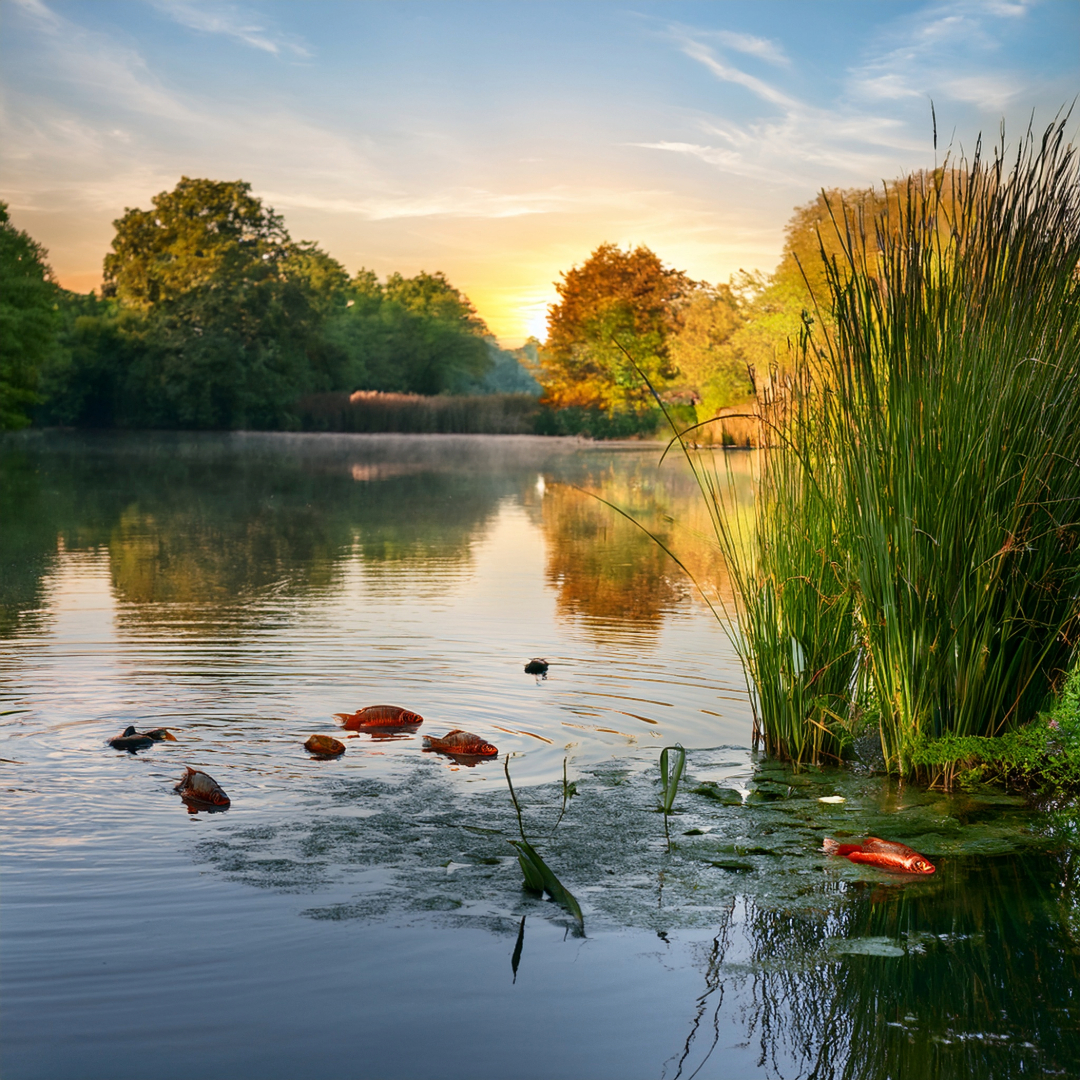
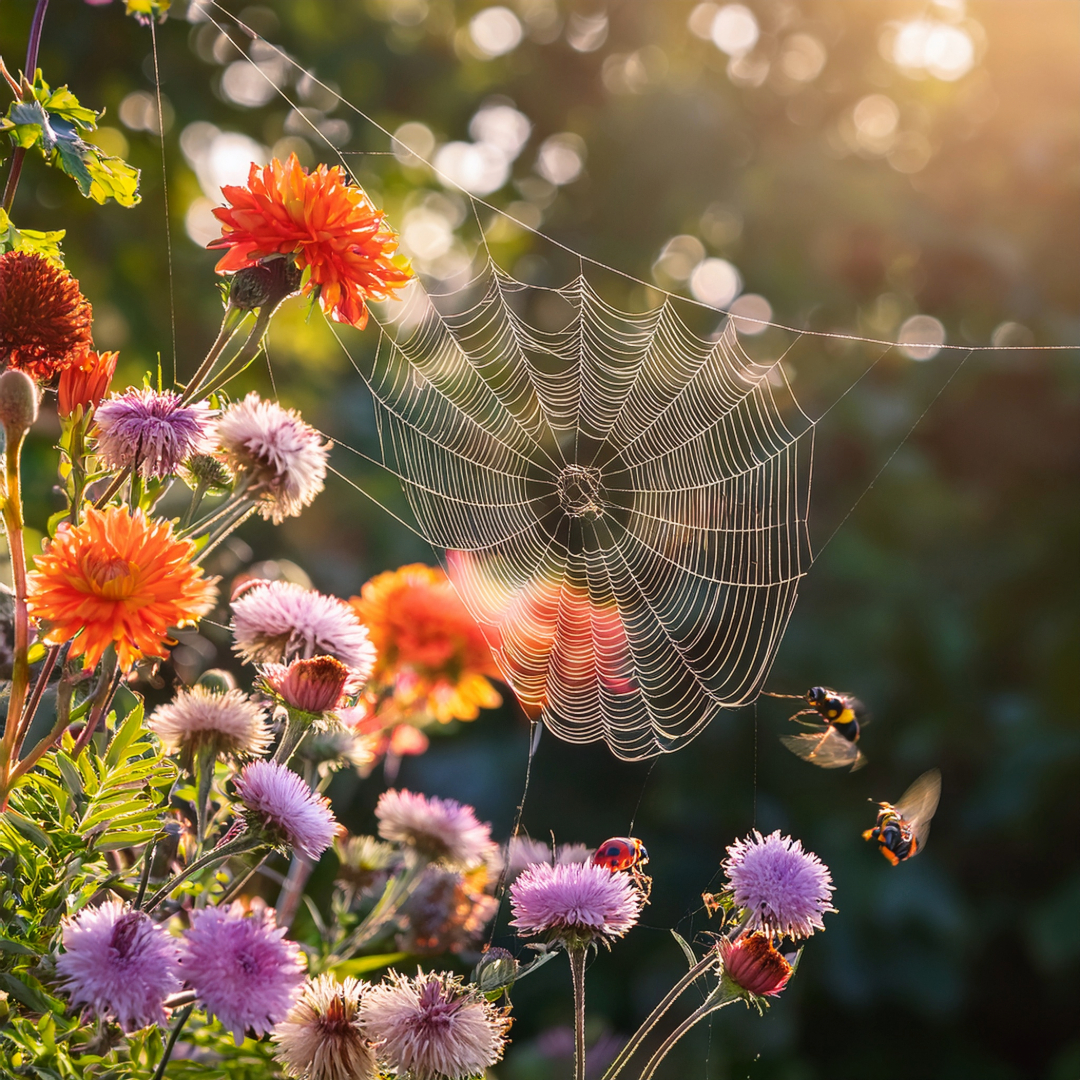
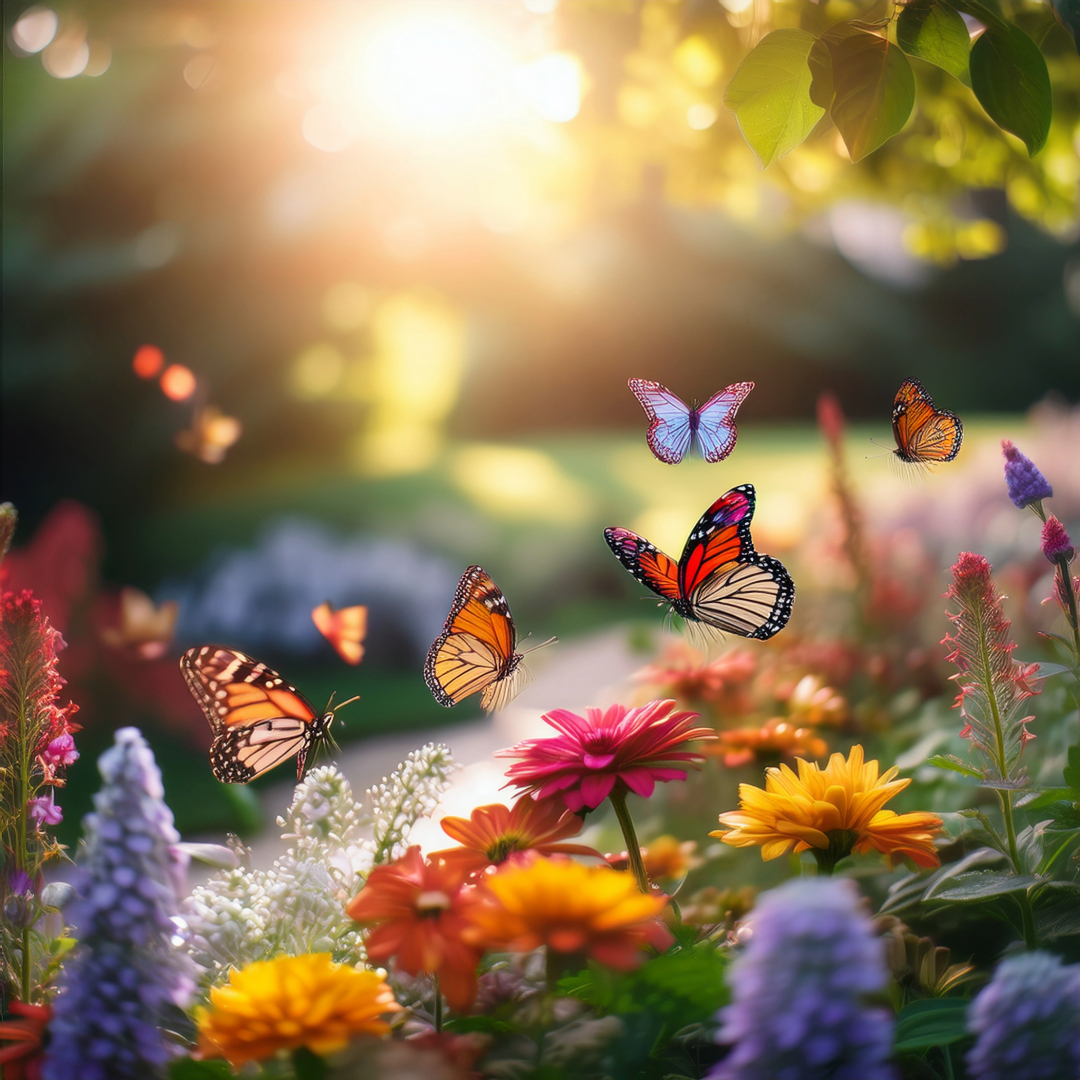
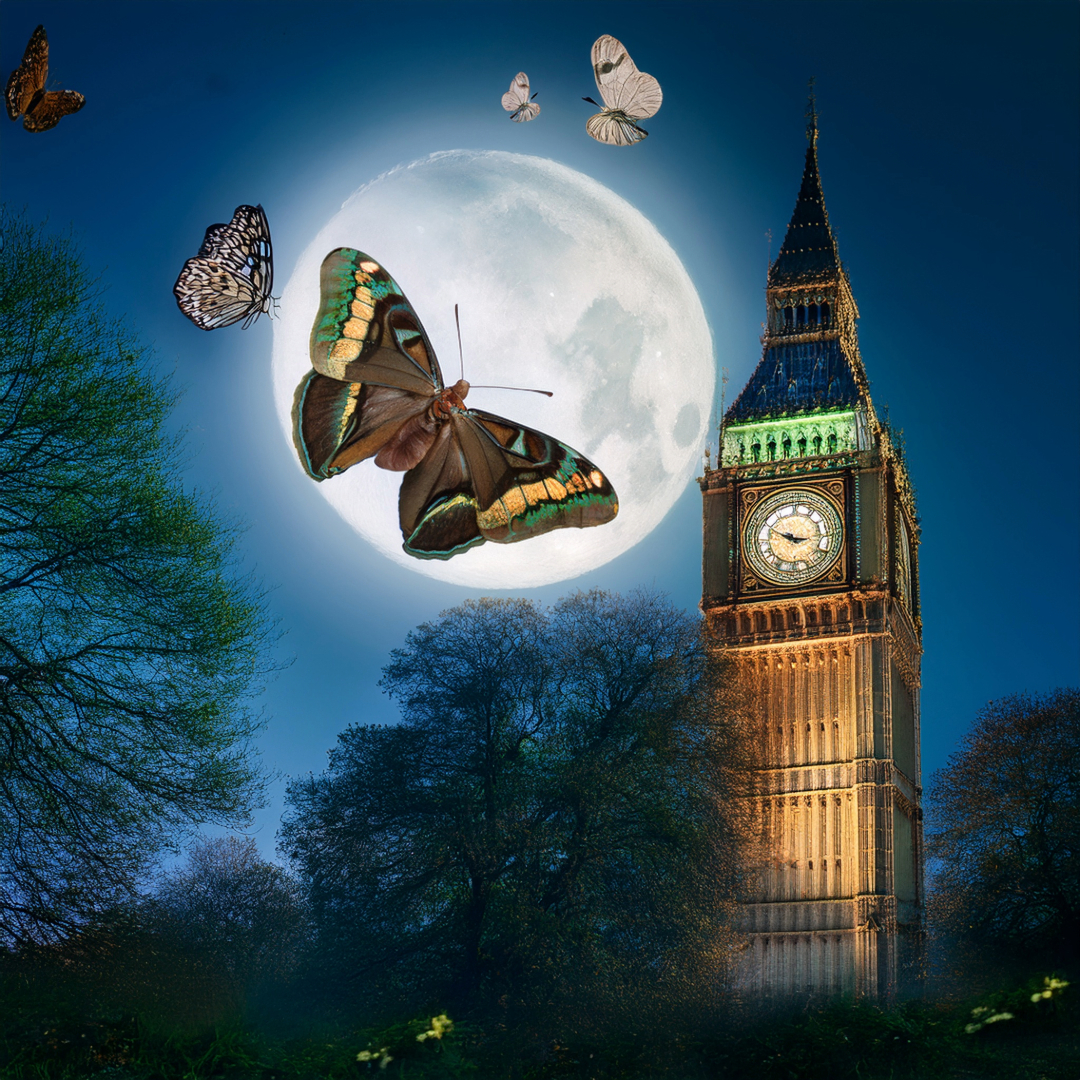
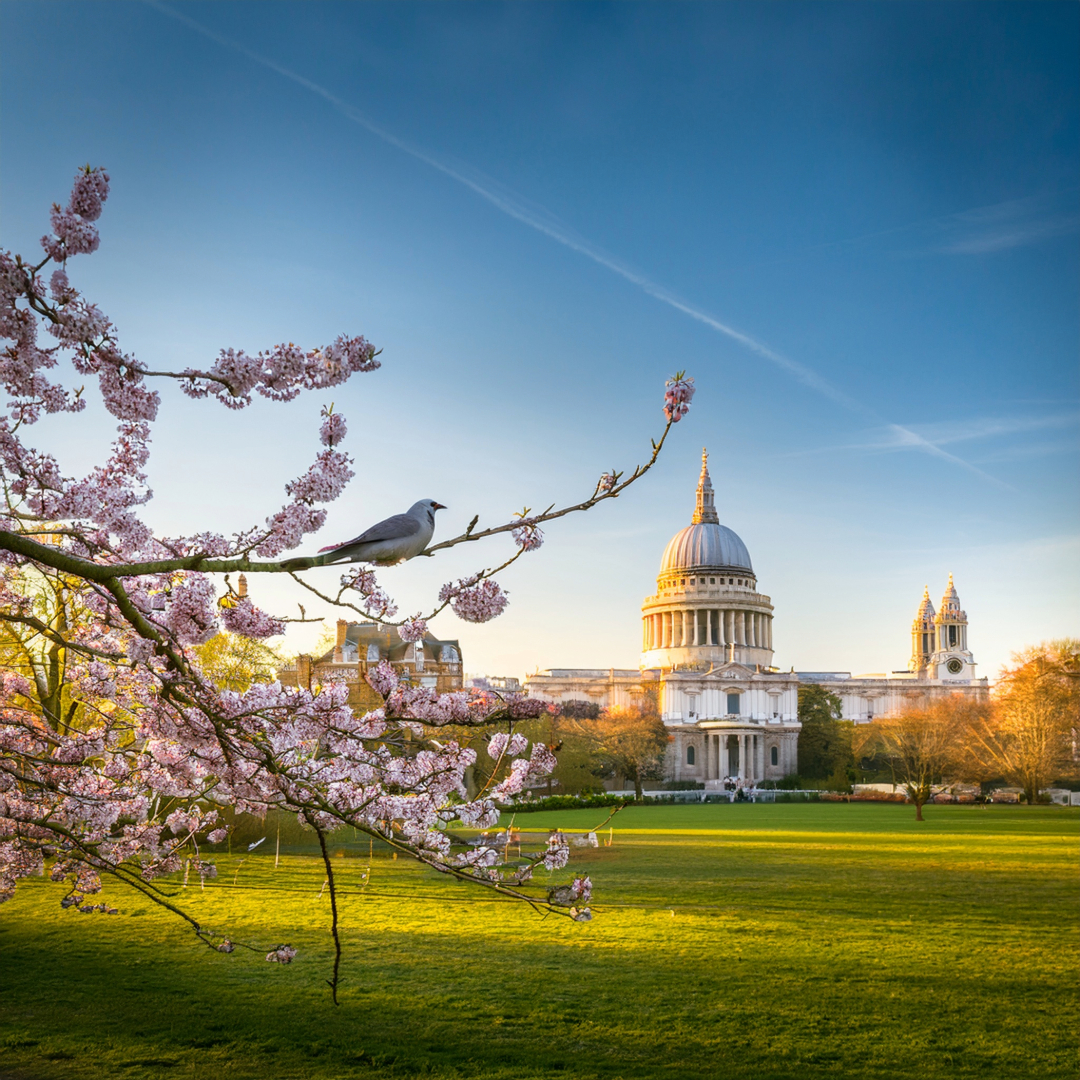
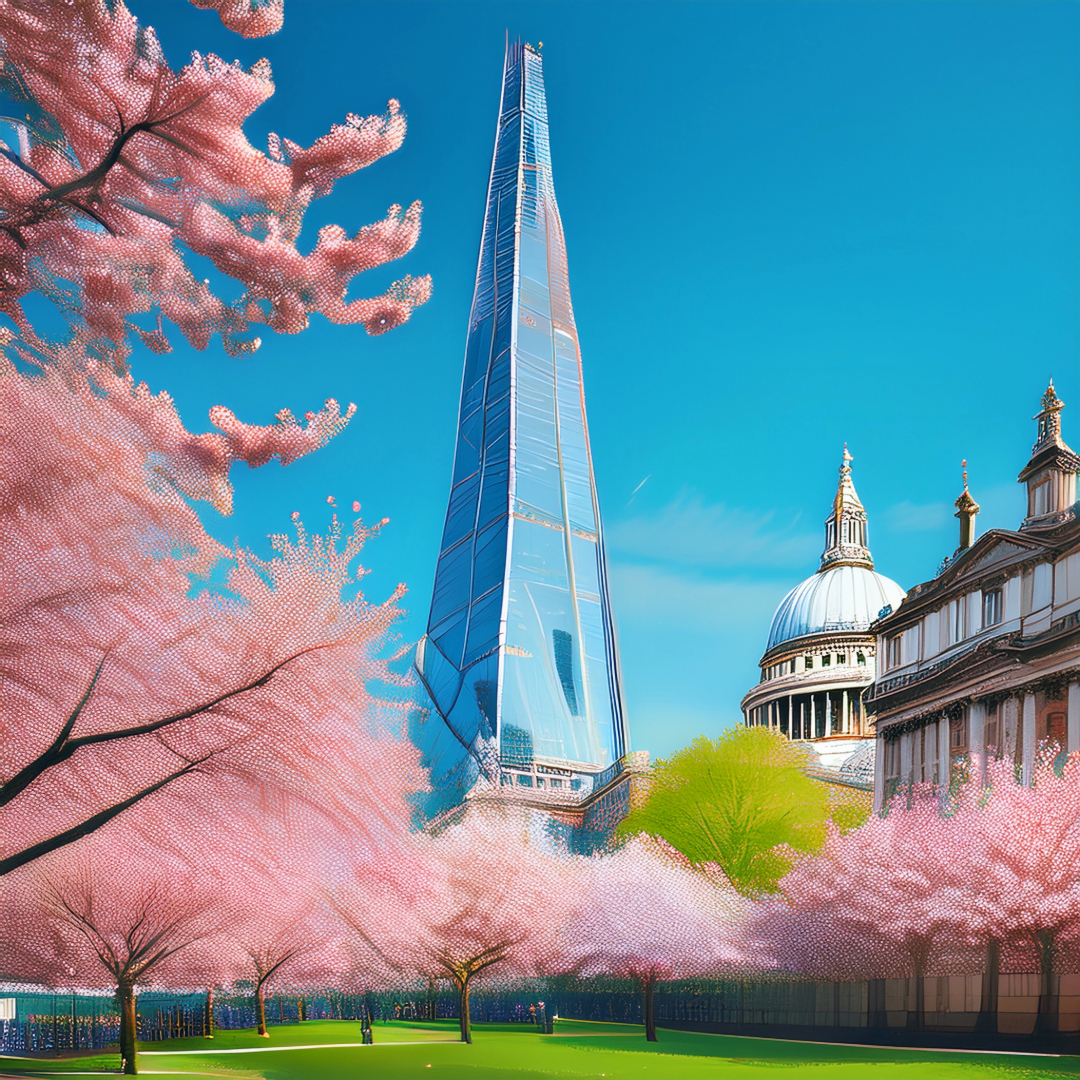
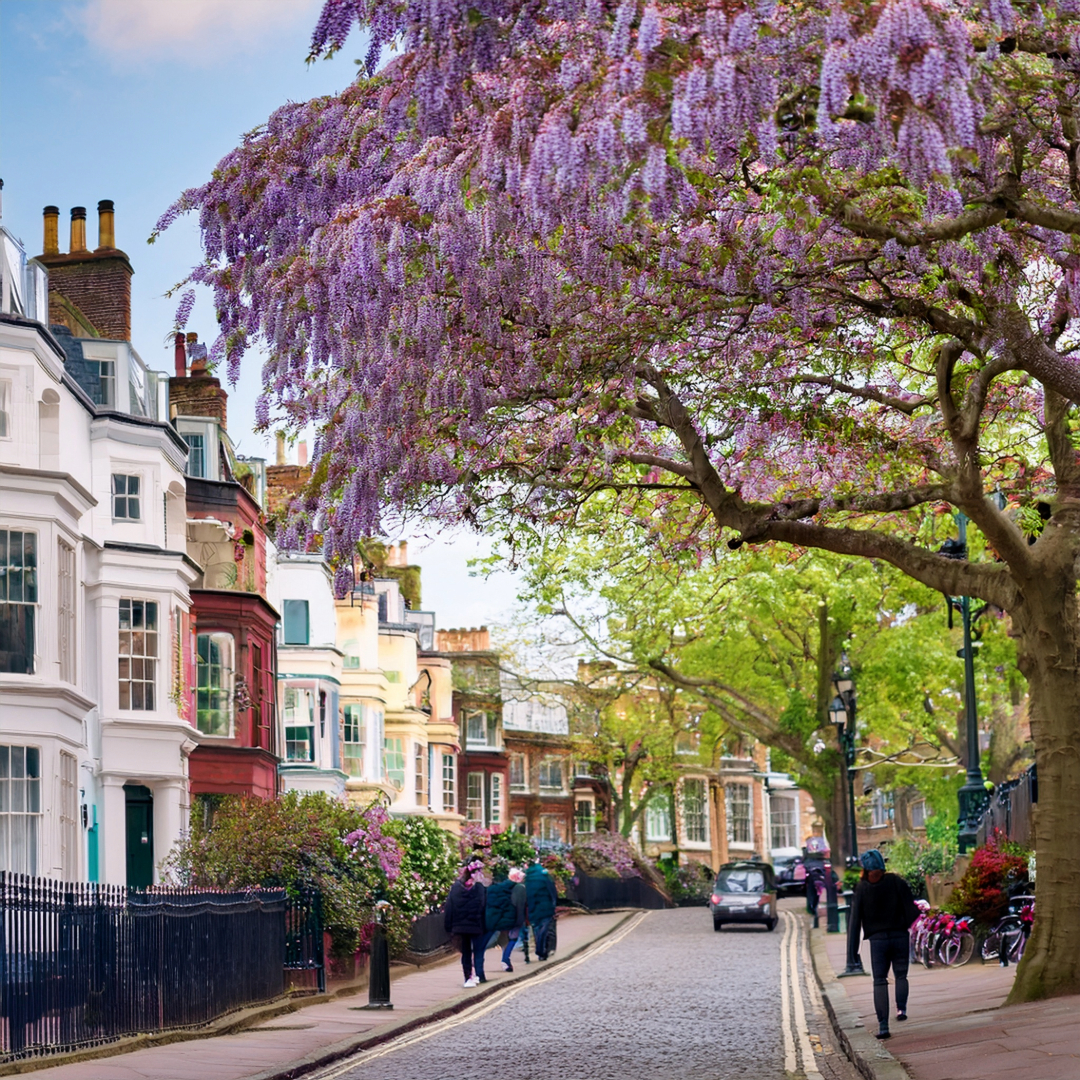
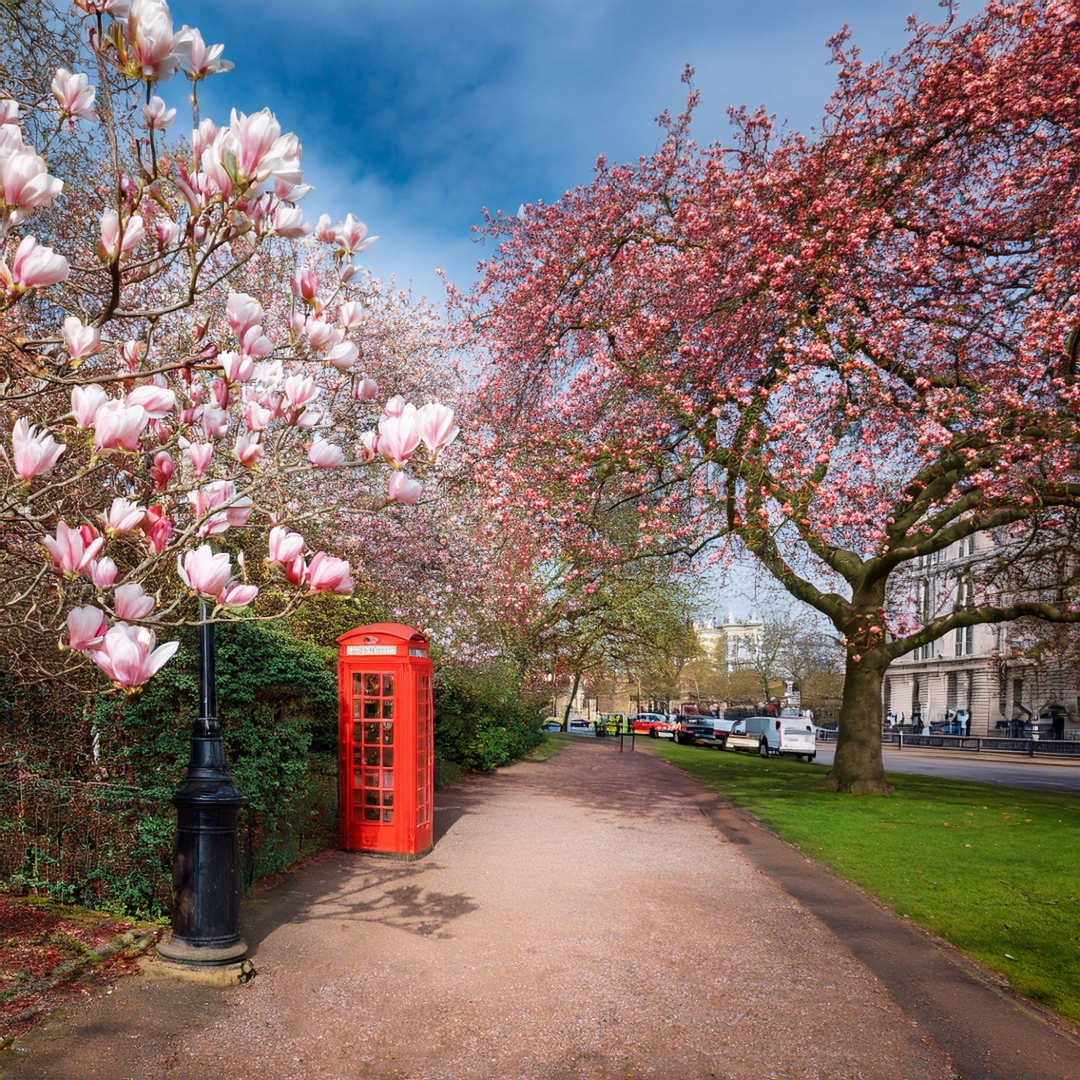
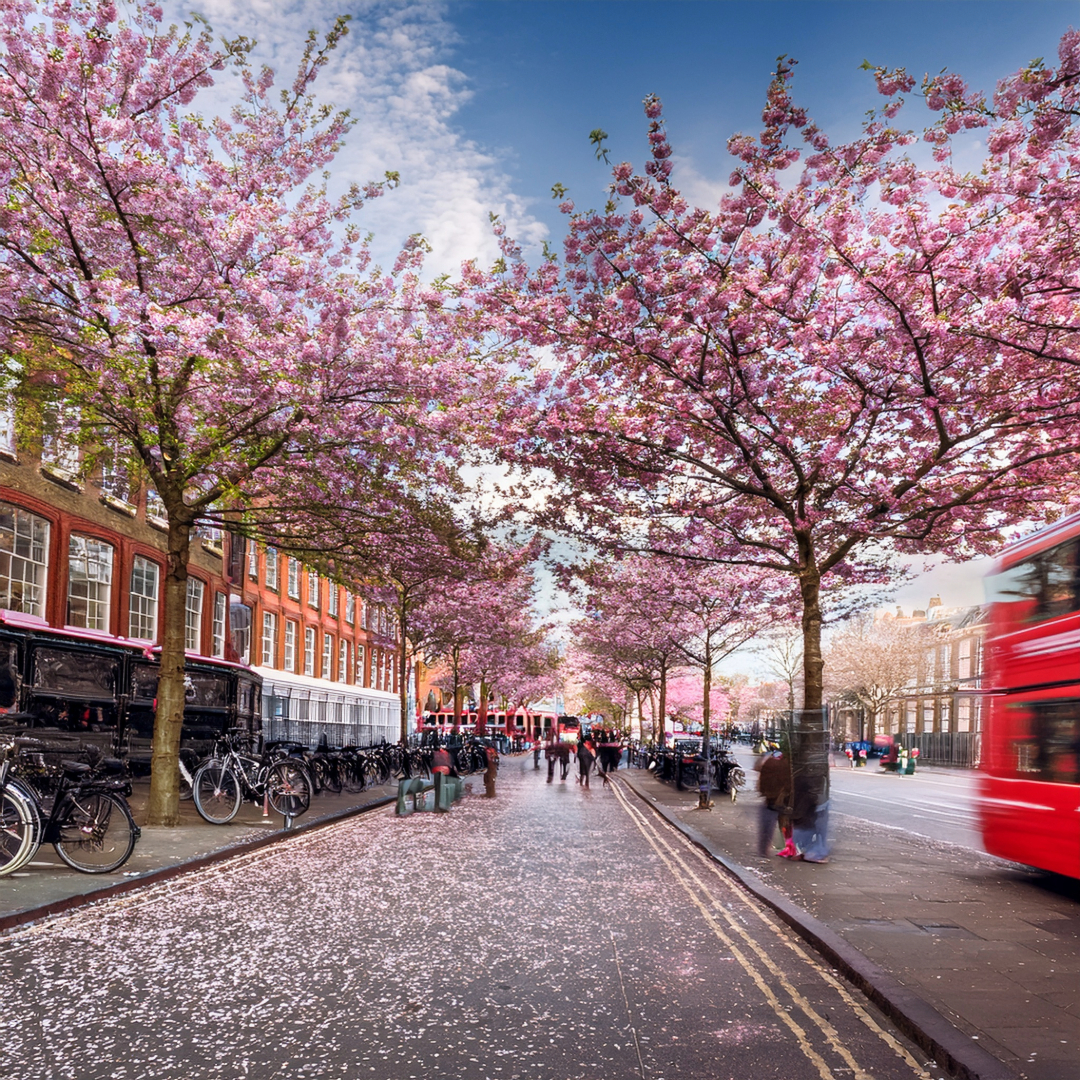
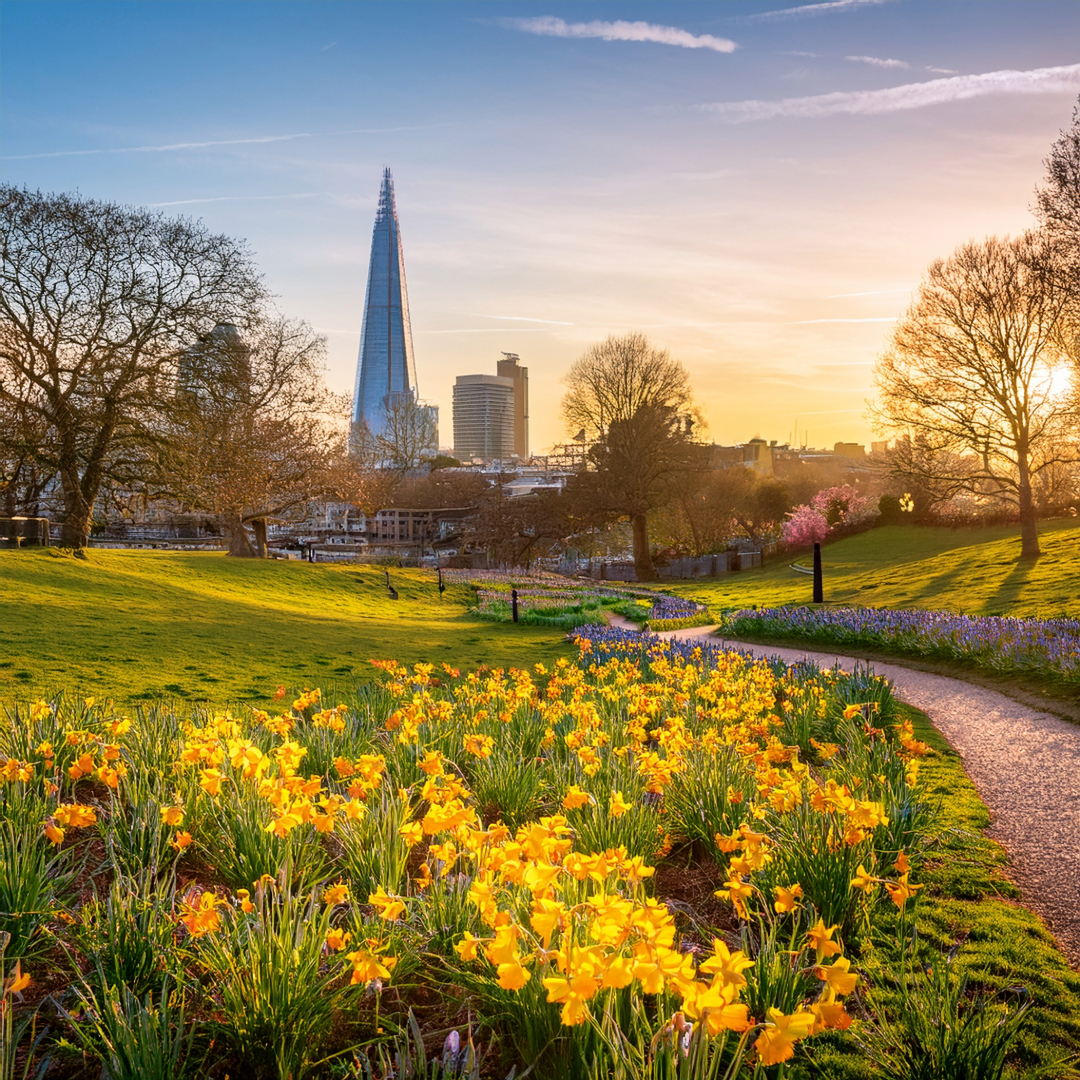
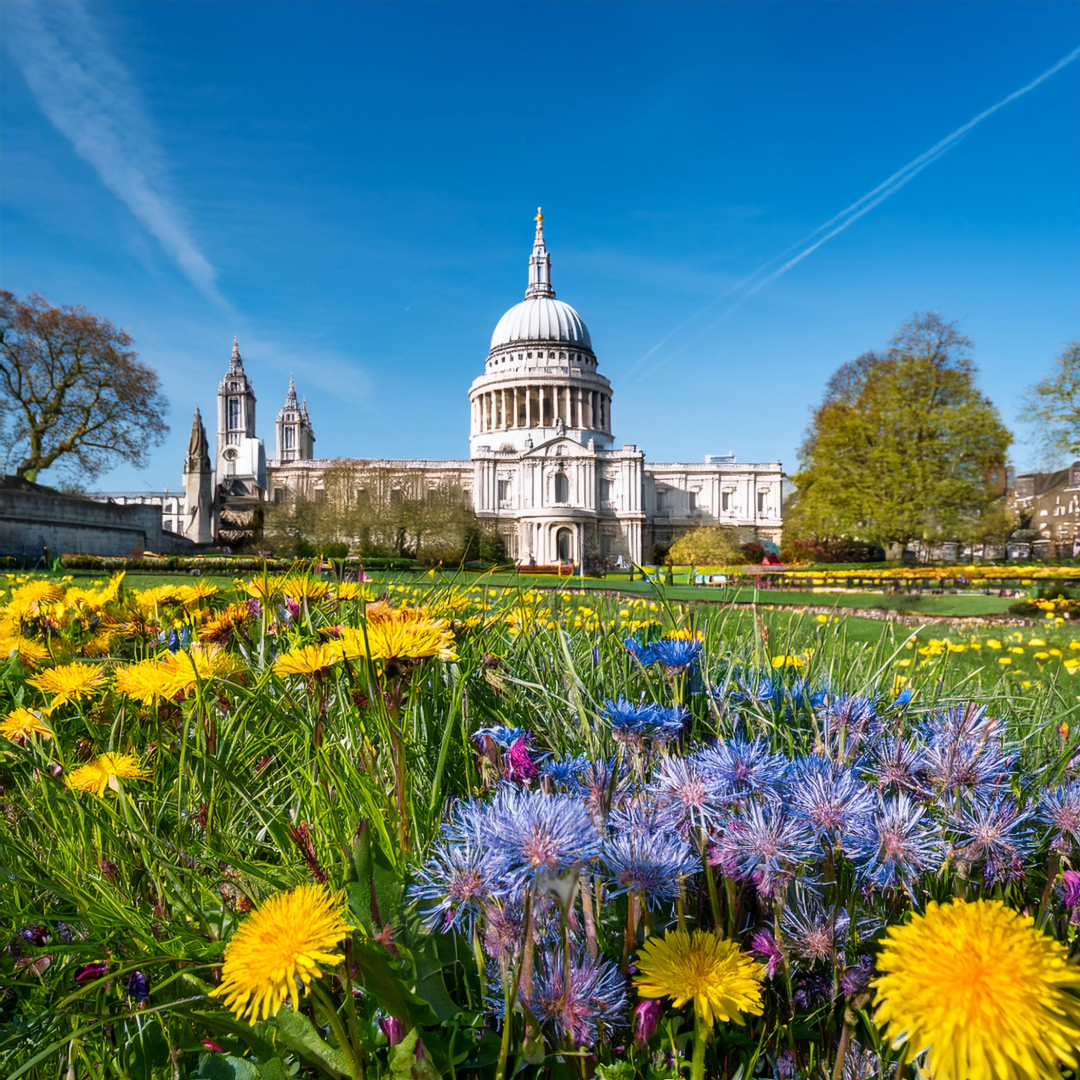
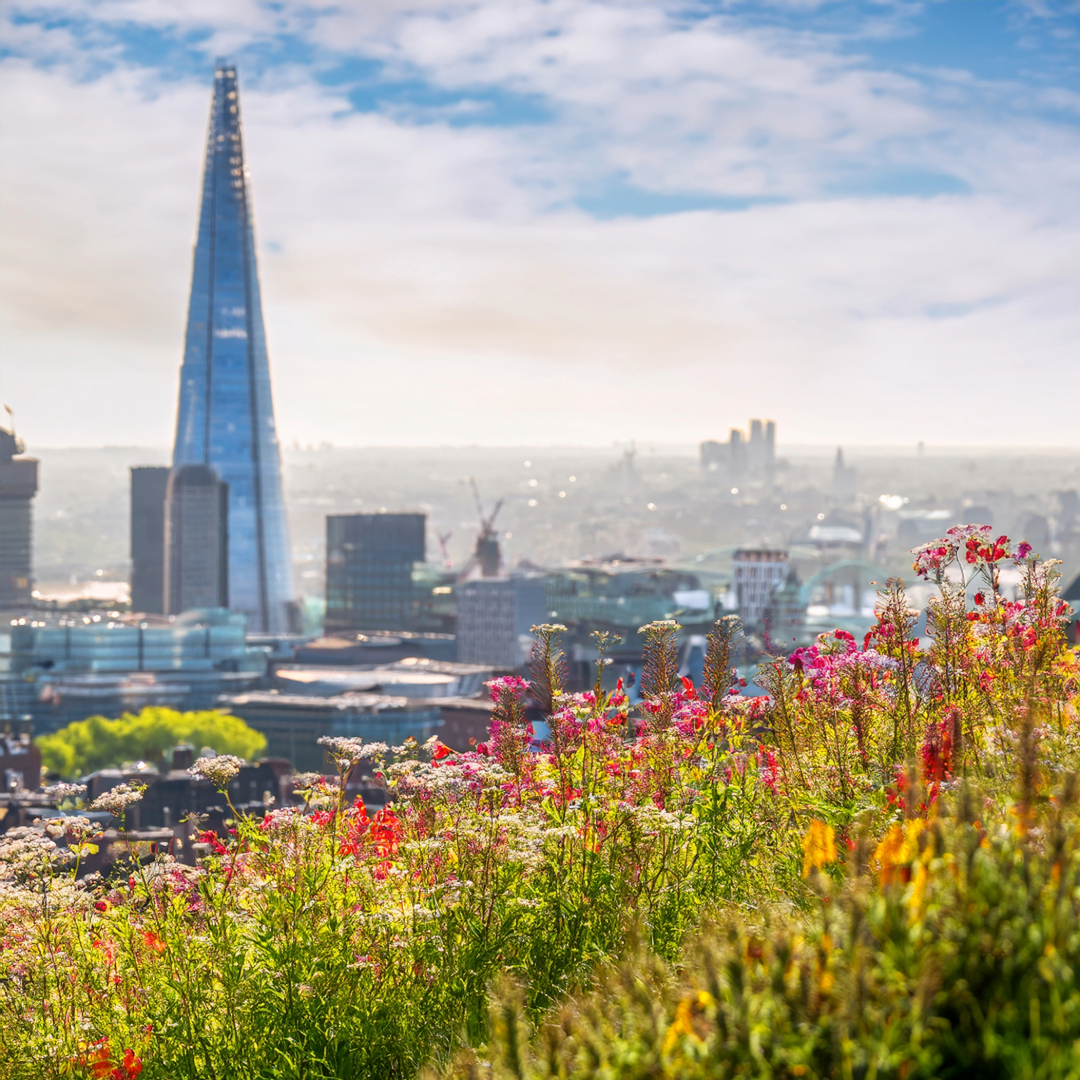
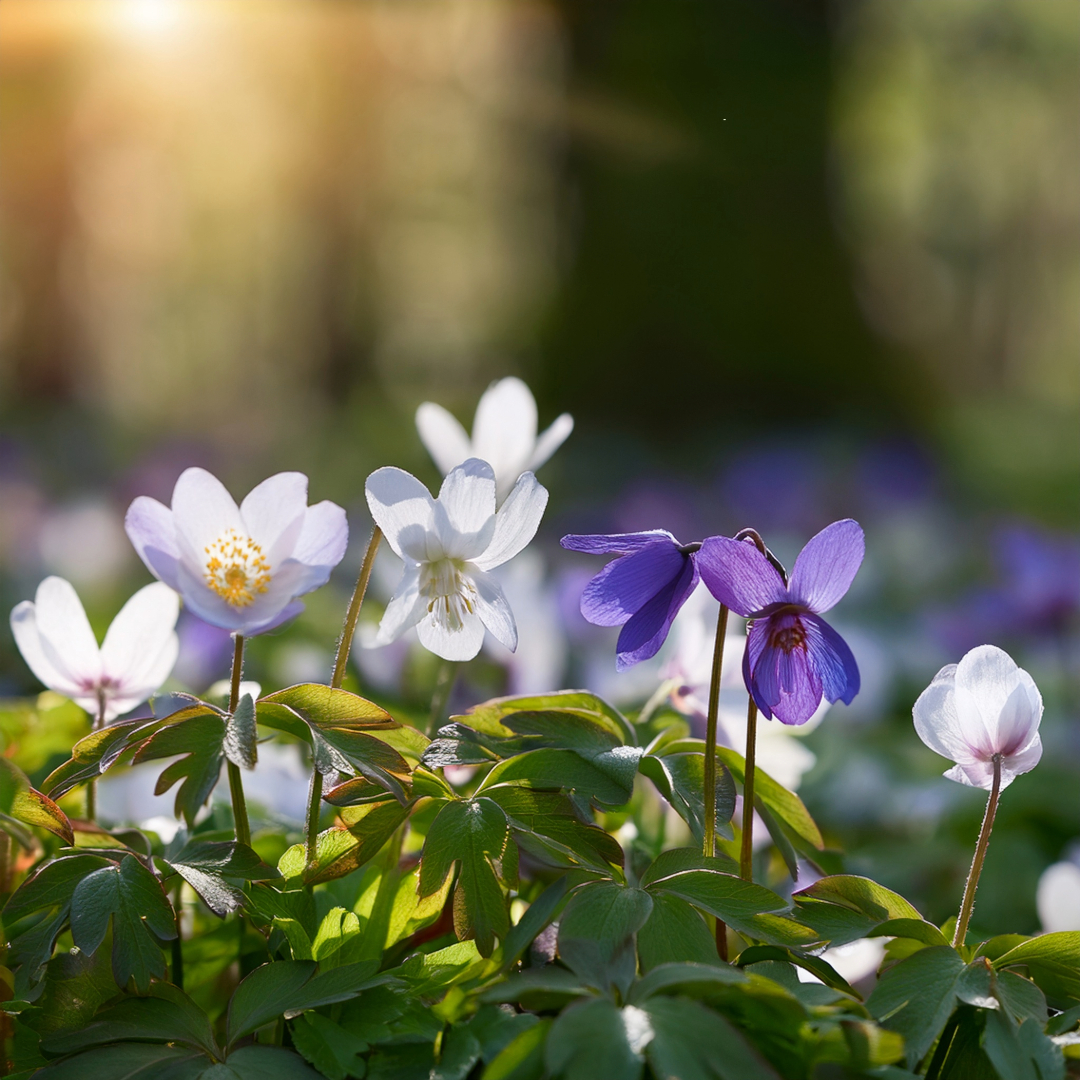
Spring is in full bloom across London’s woodlands and meadows, but can you tell your violets apart? From the sweet violet’s delicate fragrance to the wind anemone’s fleeting beauty, April’s wildflowers offer a dazzling—and deceptive—display of colour. Venture along the North Downs or through Richmond Park to spot rare marsh violets, or discover ghostly white anemones in Morden’s hidden corners. But beware—nature’s palette is full of surprises, and even experts can be fooled!
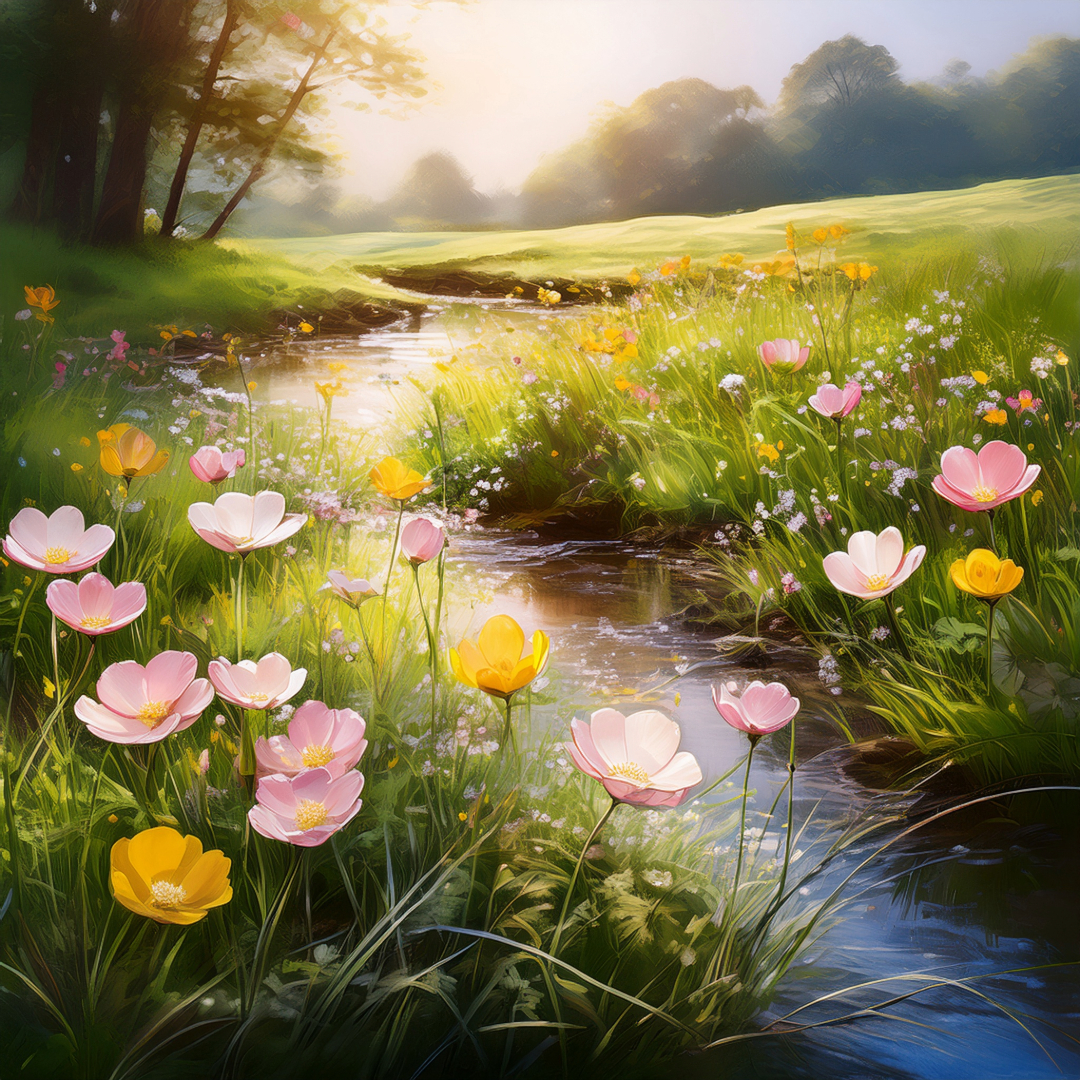
As April unfolds, London’s meadows and woodlands come alive with golden buttercups and delicate ladies smock. From the marsh marigold’s witch-repelling magic to Wordsworth’s misremembered celandine, these blooms are steeped in folklore and hidden quirks. Did you know goldilocks buttercups clone themselves, or that ladies smock petals fold at night to guard their nectar?
Return on 23 April to uncover the secrets of these springtime treasures—where to find them, their curious histories, and why Shakespeare compared their petals to sunlit linen.
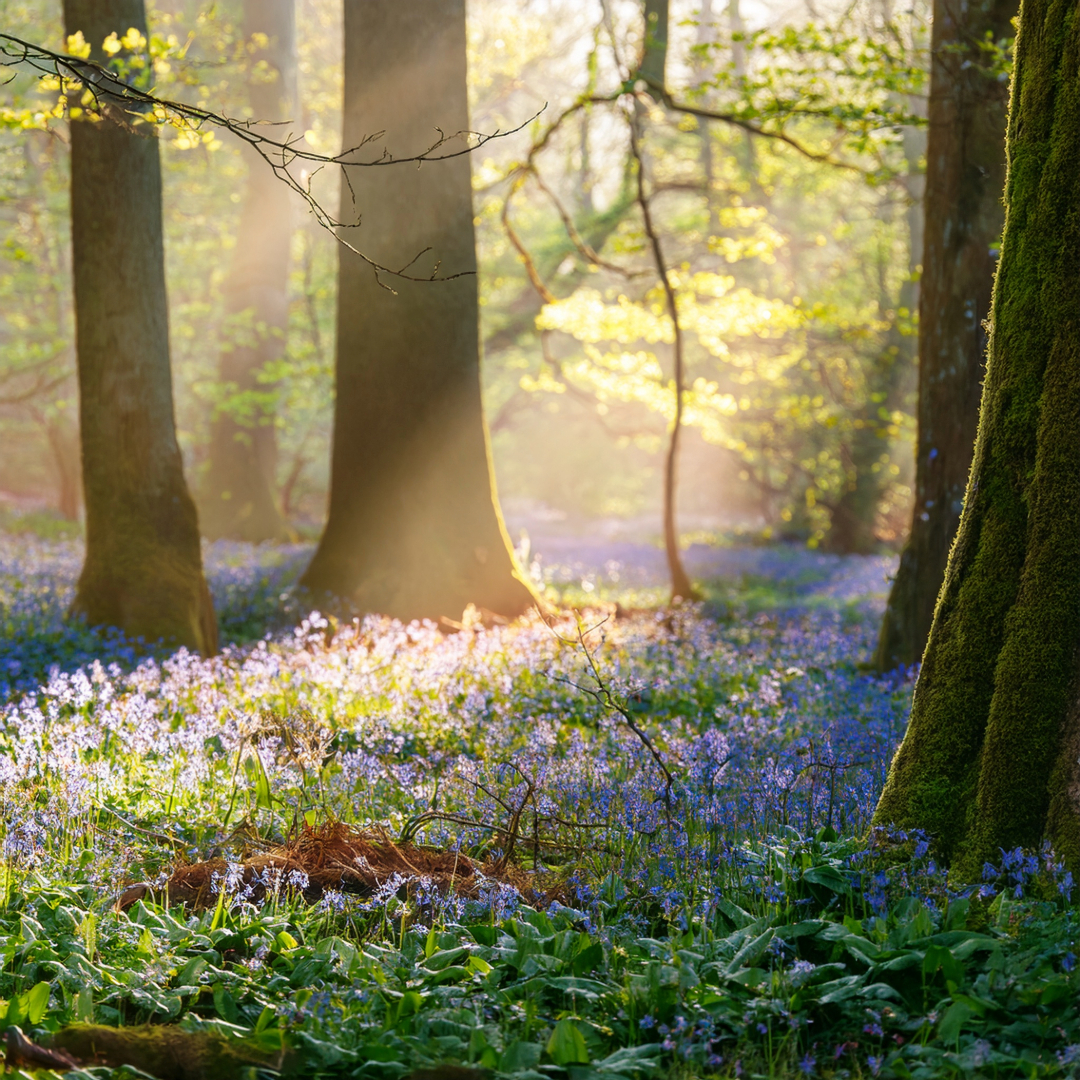
Forage for garlic mustard’s peppery leaves or spot the golden saxifrage, a jewel of shaded springs. And keep an eye out for early purple orchids—rare, regal, and fleeting.
Return on 24 April to explore the secret lives of these woodland wonders—where magic, myth, and botany intertwine.
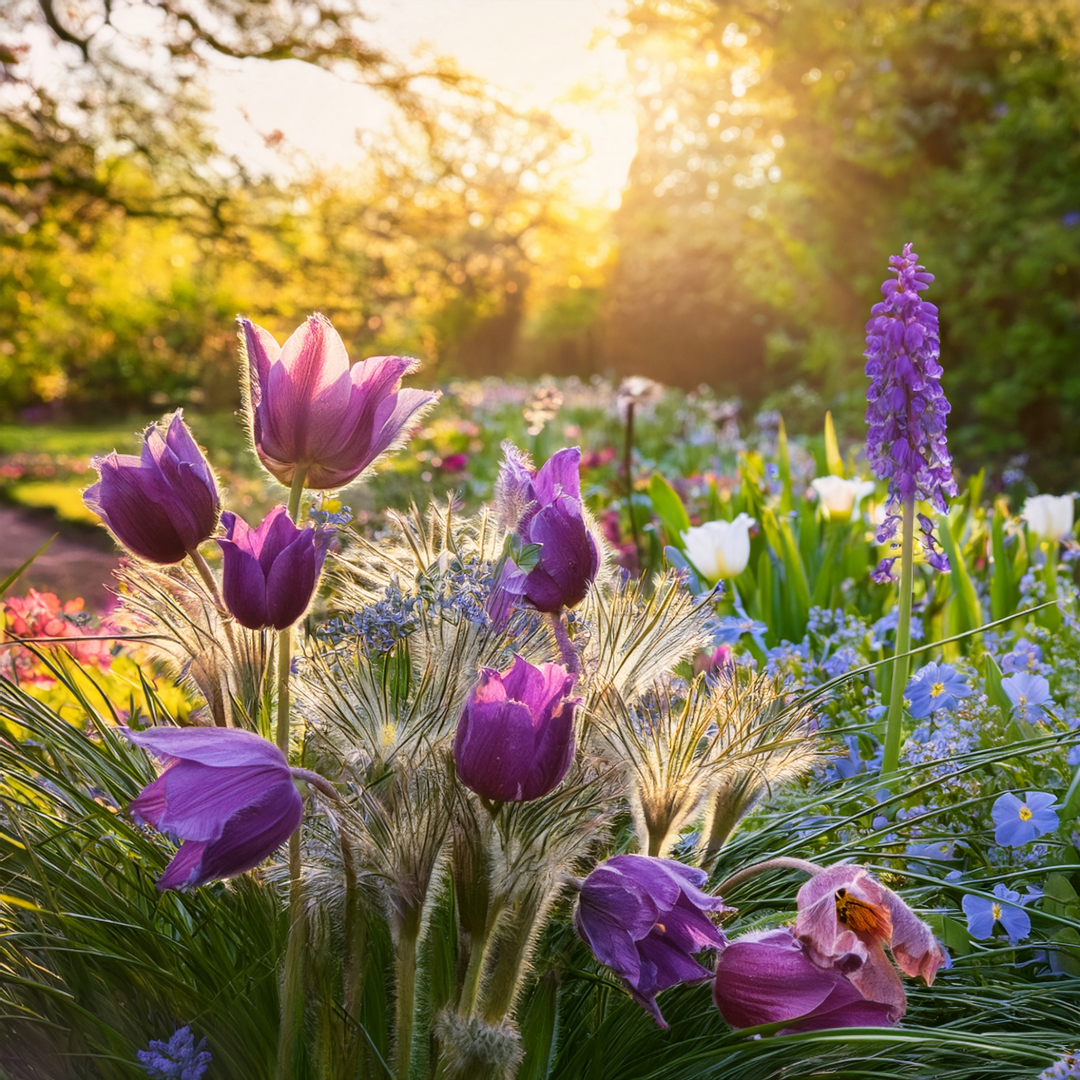
London’s gardens erupt into a riot of color this April, as spring’s floral crescendo reaches its peak. Delicate fritillaries nod their checkered heads, while the silky-haired pasque flower—Easter’s botanical mascot—whispers tales of ancient dyes and curious cures.
Discover why Warley’s forgotten garden still hides treasures, and where to spot rare blooms like the ghostly white Fritillaria meleagris. Will this be the year you catch the first peonies unfurling?
Return on 25 April for a guided tour through April’s most dazzling garden performers—where horticulture meets history.
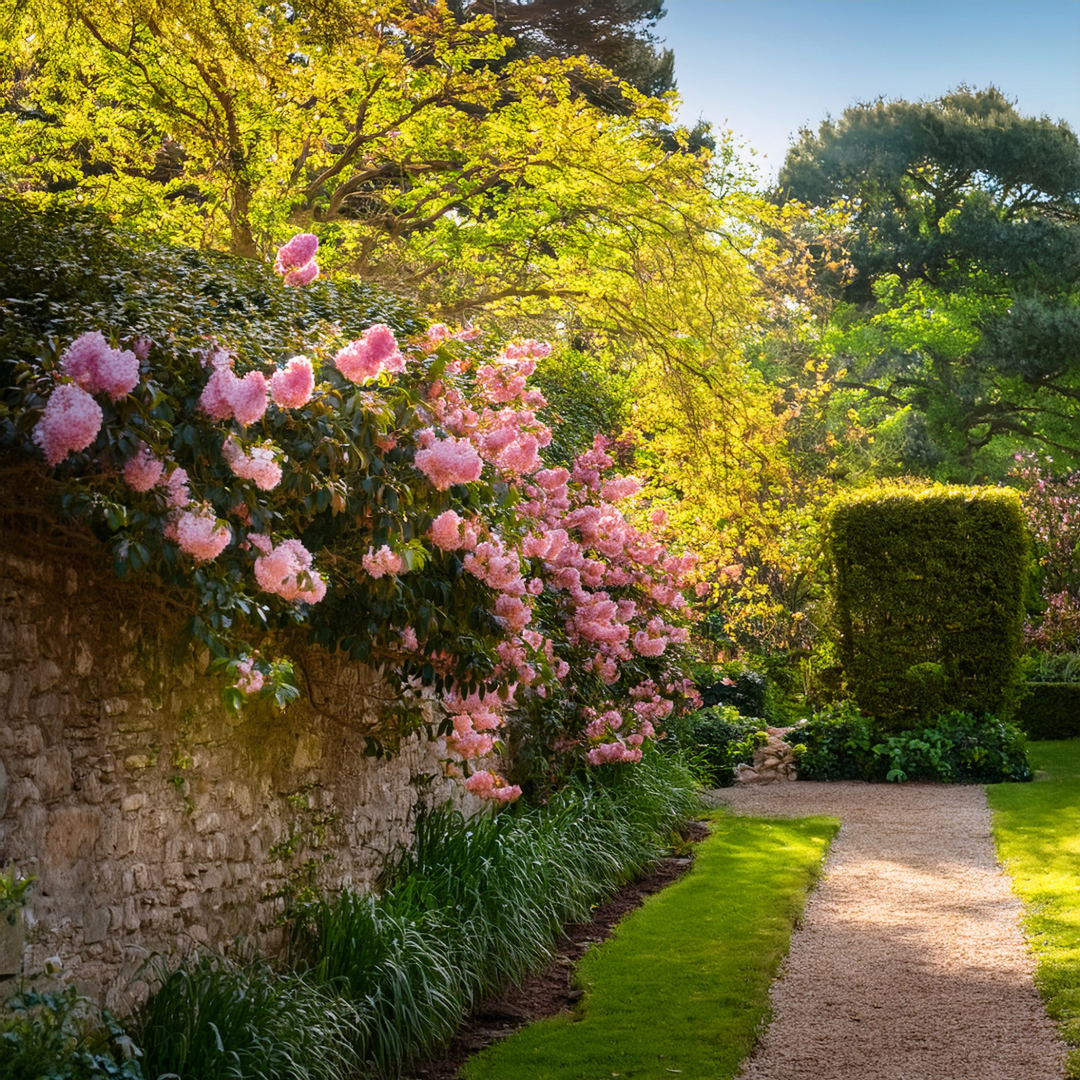
London’s gardens and wild spaces are alive with the drama of April’s flowering shrubs. Blackthorn’s snowy blooms fade as broom and gorse ignite the commons with gold. But the real divas are the camellias—those voluptuous blooms that inspired Parisian courtesans and still set hearts racing today.
Discover why Victorian gardeners obsessed over Aristolochia’s bizarre pipe-shaped flowers, and where to find Pieris trees dripping with lily-of-the-valley blossoms. Return on 26 April to uncover the secrets of London’s most charismatic shrubs—where thorns hide edible poisons, and petals arrange themselves in near-magical spirals.
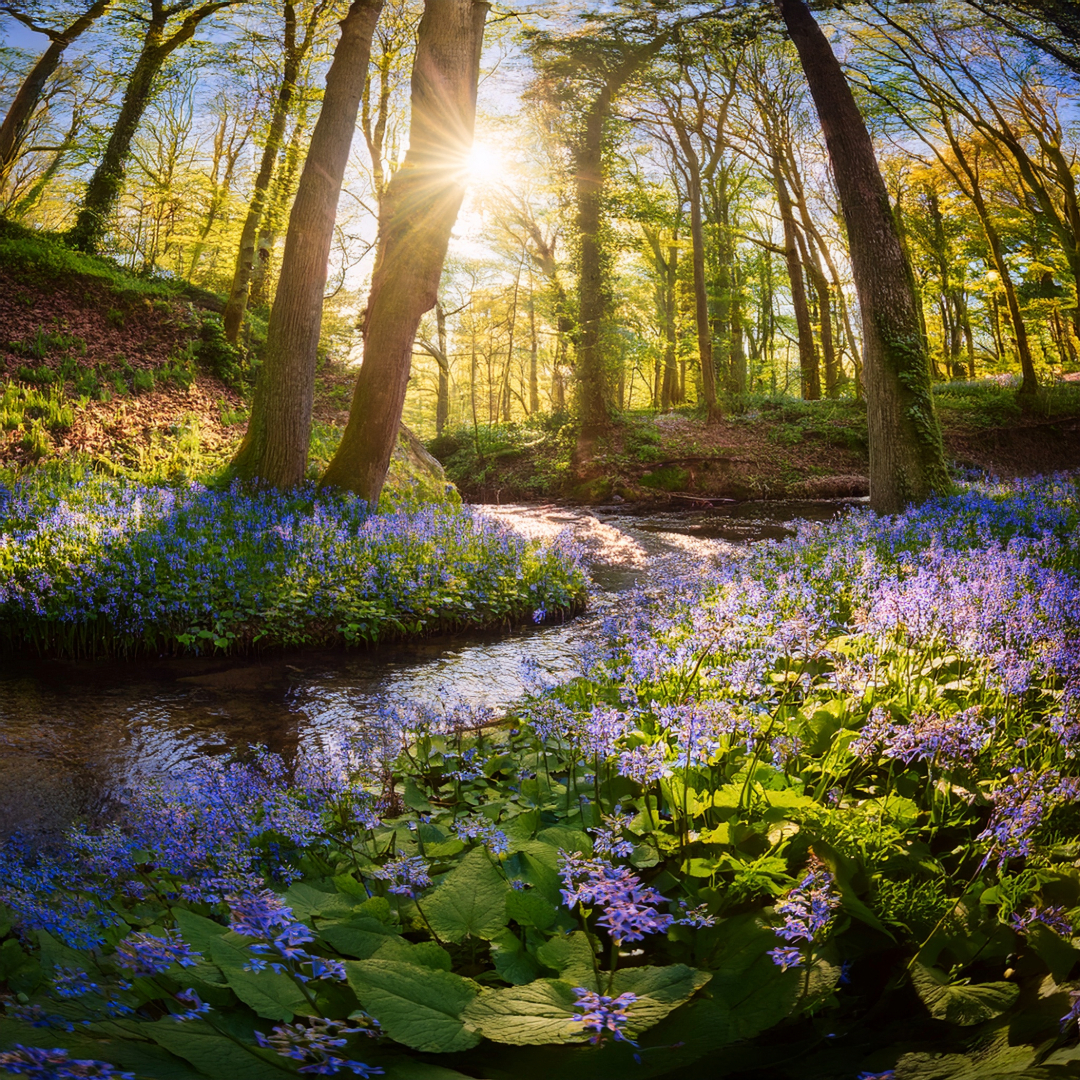
Breathe deep—April’s air is alive with nature’s most intoxicating (and occasionally revolting) perfumes. Discover why Shakespeare buried his face in violet banks, how wild orchids mimic sweaty goats, and where to find liverworts that smell like turpentine and violets. Will you seek out the Yoshino cherry’s almond whisper or brave the urine-stench of wild arum? And what alchemy makes a humble wallflower shift from rose to hawthorn in a single sniff?
Return on 27 April for a sensory safari through London’s scented April—where every breath tells a story.
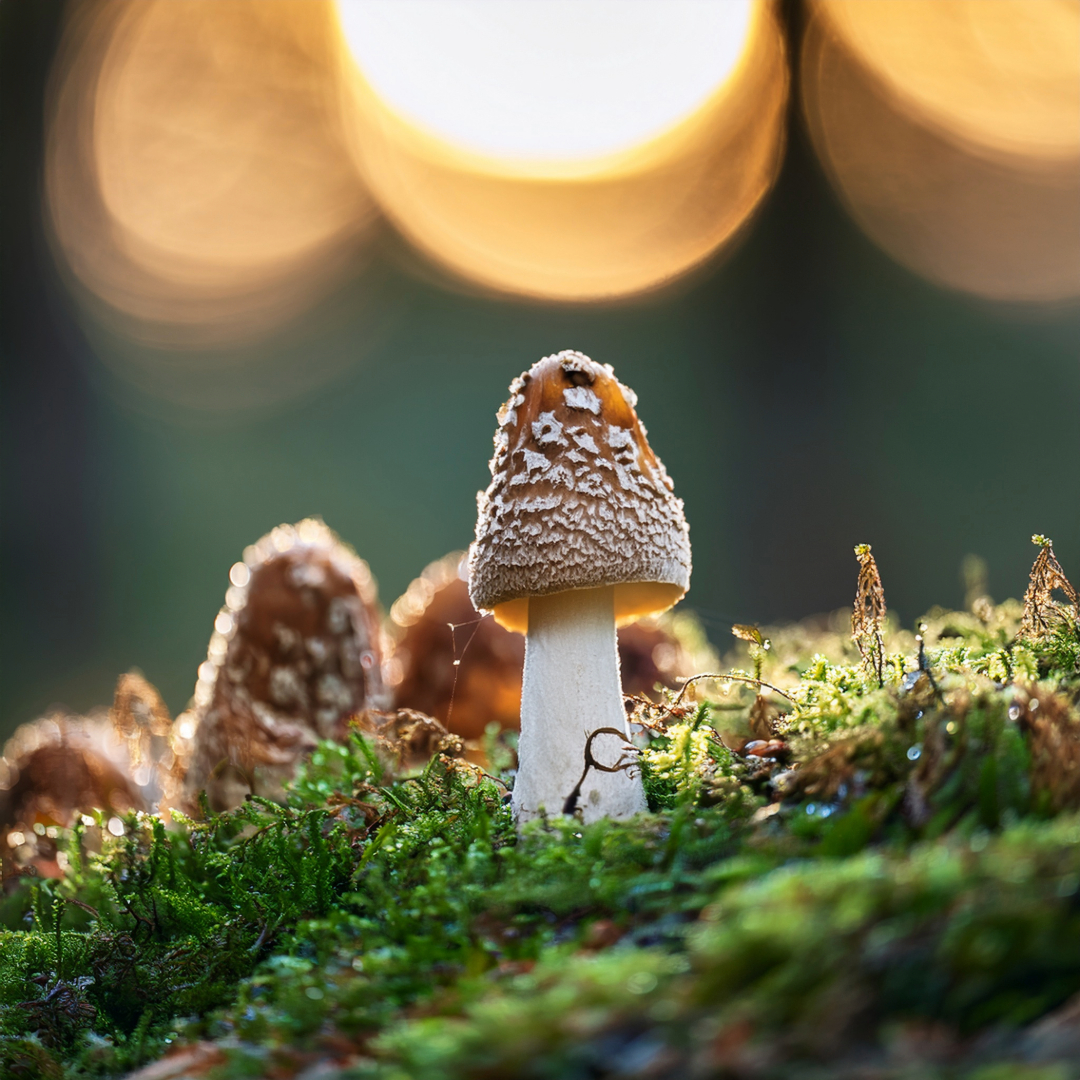
While flowers steal the spotlight, April's true alchemists work in shadow. The formidable St. George’s mushroom emerges like clockwork on the 23rd—but confuse it with its poisonous doppelgänger and you’ll face a deadly game of fungal roulette. Meanwhile, morels tempt foragers with their honeycombed caps, hiding lethal lookalikes that strike hours after the last bite.
Venture deeper and discover mosses that glitter like emerald fur, liverworts masquerading as snakeskin, and a "brain fungus" pulsating on ash trees. Why does Box Hill’s chalky soil birth such bizarre bryophytes? And what dark symbiosis links those sinister chalice fungi to dying wood anemones?
Return on 28 April to explore London’s most dangerous delicacies and miniature jungles—where survival hinges on spotting the difference between feast and fatal.
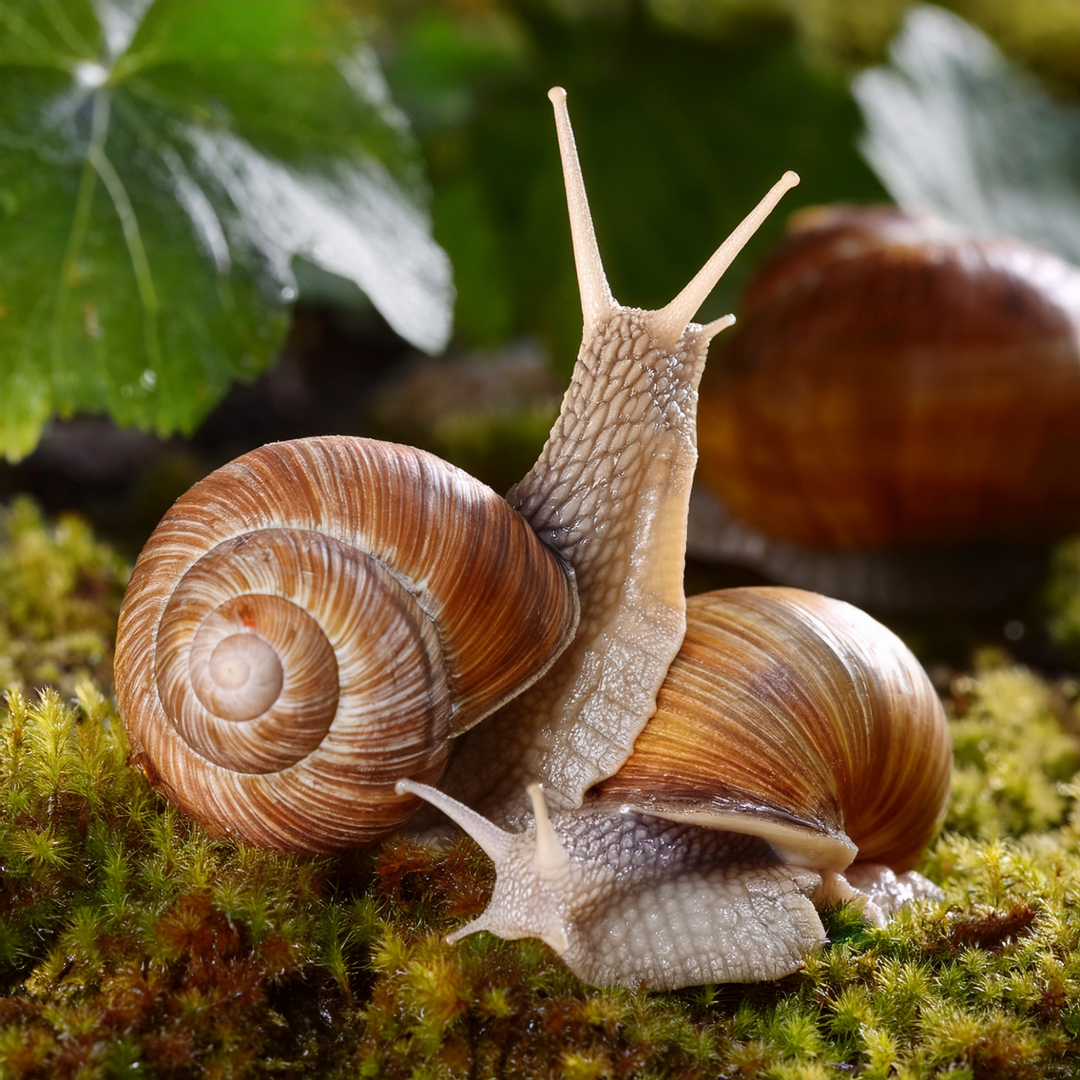
Beneath our feet, a silent army stirs. April awakens London’s land snails – 14,000-toothed leaf rasps emerging from winter hibernation, their shells a cryptic gallery of evolution’s quirks. Discover why song thrushes smash certain striped shells at their "anvils," how garlic-scented snails defend themselves, and the tragic tale of the Roman snail – once a feast, now a protected rarity.
From tree-climbing "door snails" with anti-predator teeth to translucent "glass snails" hunting earthworms in horse dung, these spiral architects thrive in churchyards, railway banks, and even imported Italian marble. Will you spot the ivory-white Vallonia after rain, or the parasitic puppeteers inflaming amber snails’ tentacles?
Return on 29 April to unravel the slow-motion drama of London’s shelled inhabitants – where survival hinges on banding patterns, calcium cravings, and the art of going unnoticed.
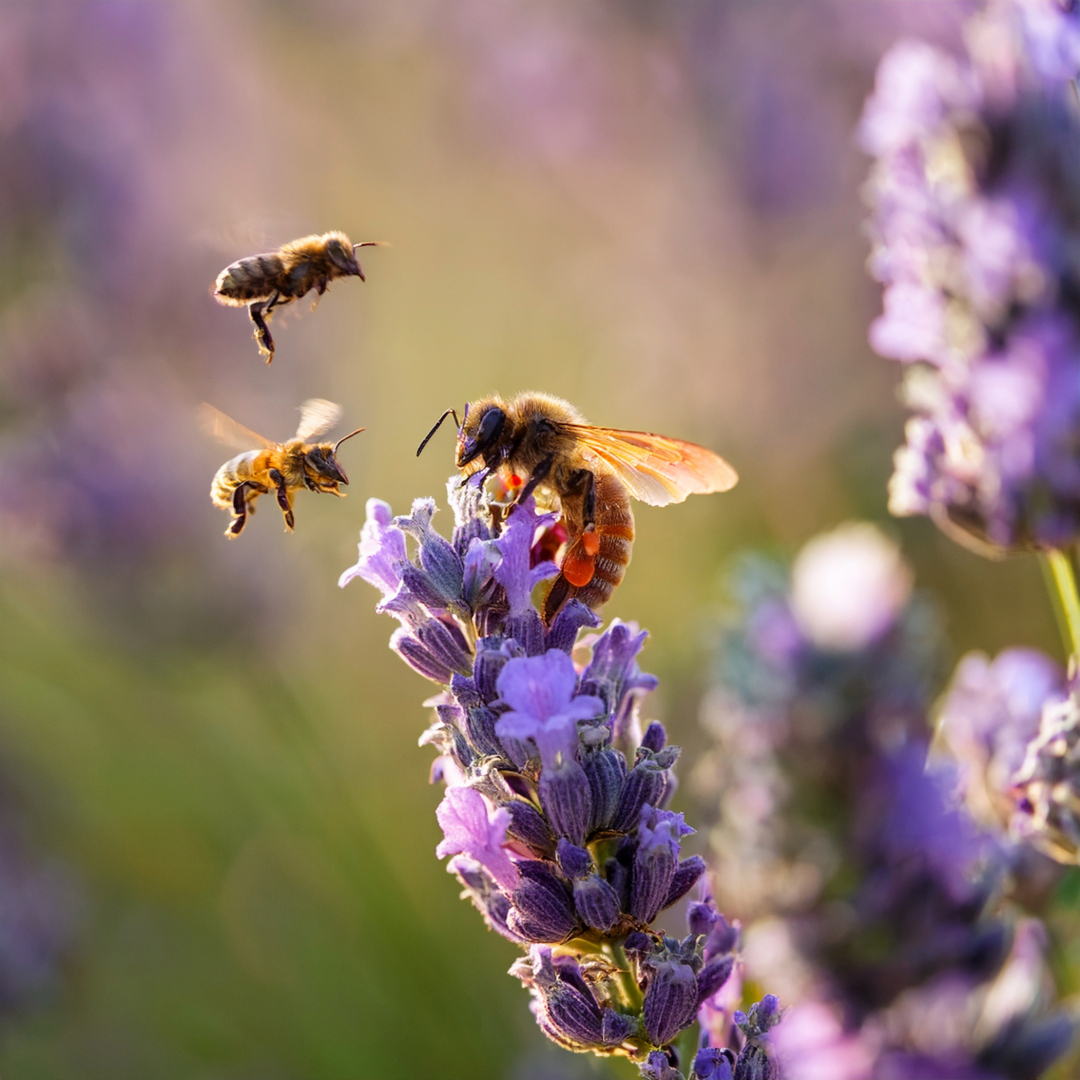
April’s gardens hum with secrets – where velvet bumblebees card moss into nests, cobalt carpenters drill through old wood, and cuckoo bees execute perfect floral heists. Did you know some solitary bees stash eggs in abandoned snail shells? Or that sweat bees run cooperative burrows with rotating door guards?
Spot the tawny mining bee’s fiery glow on Mitcham Common, or witness leaf-cutters rolling stolen rose petals into underground nurseries. But beware the nomad bees – sleek parasites that infiltrate hives like winged wolves in sheep’s clothing.
Return on 30 April to navigate London’s buzzing social network – where every flower visit could mean life or death for these fuzzy pollinators.